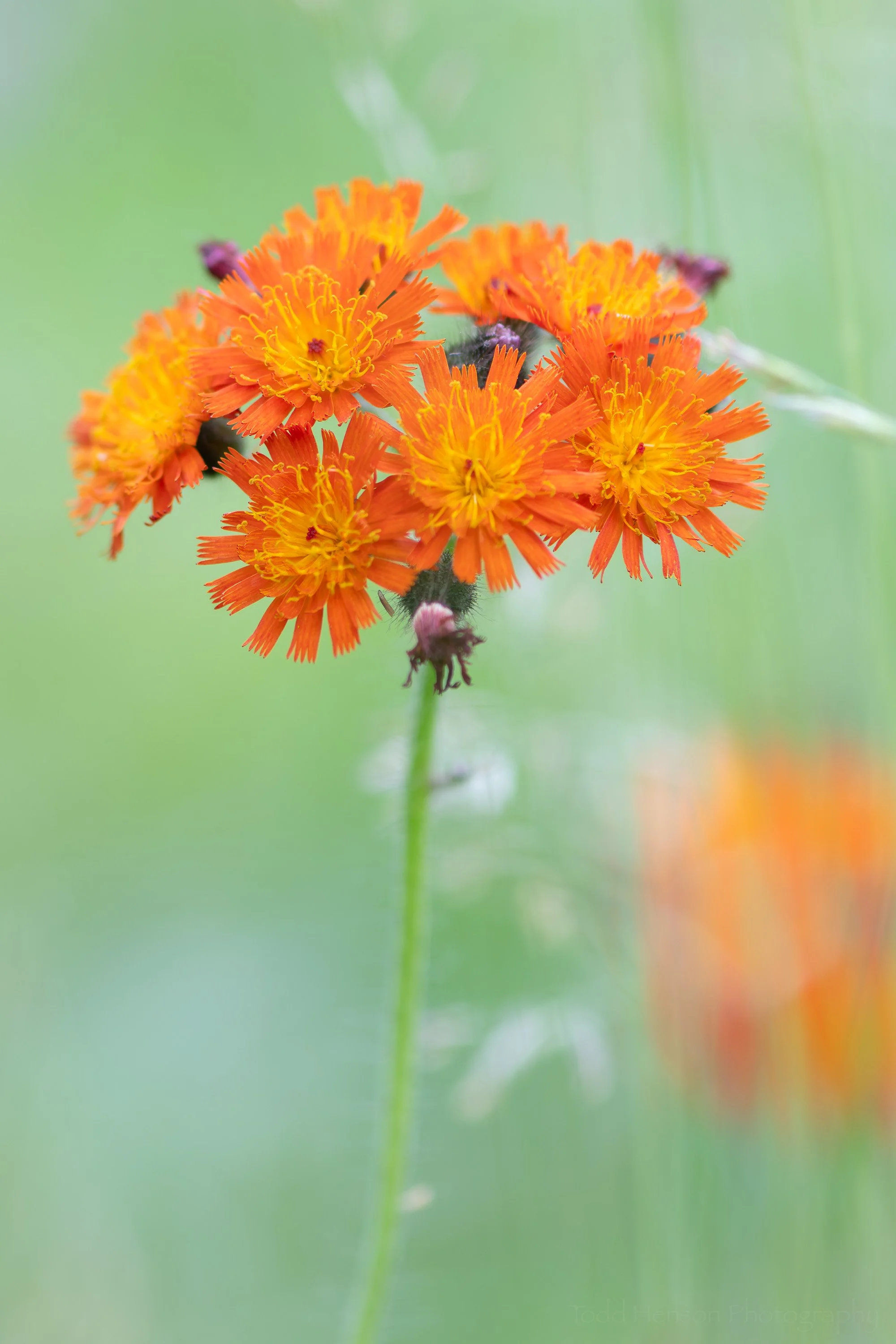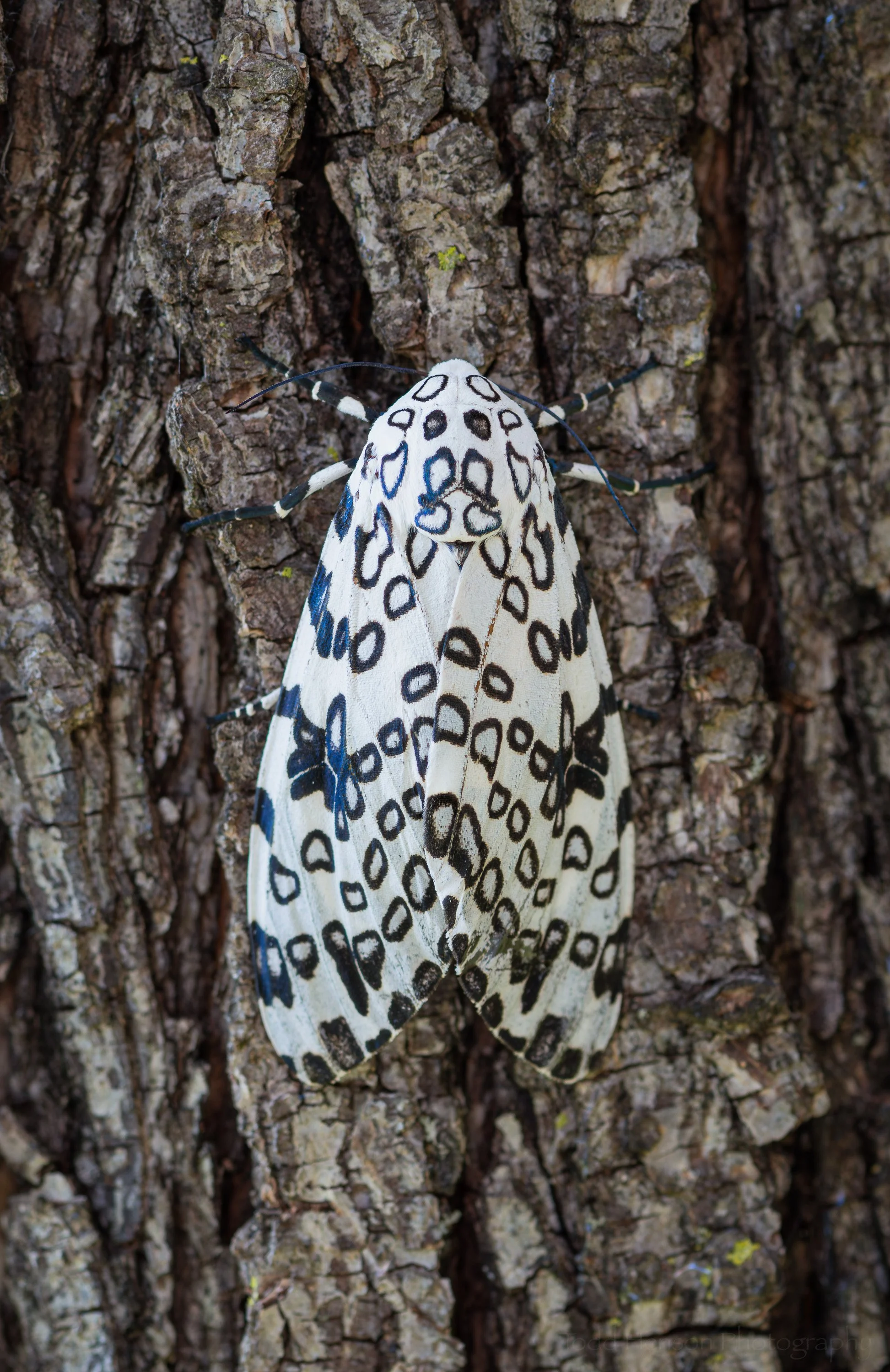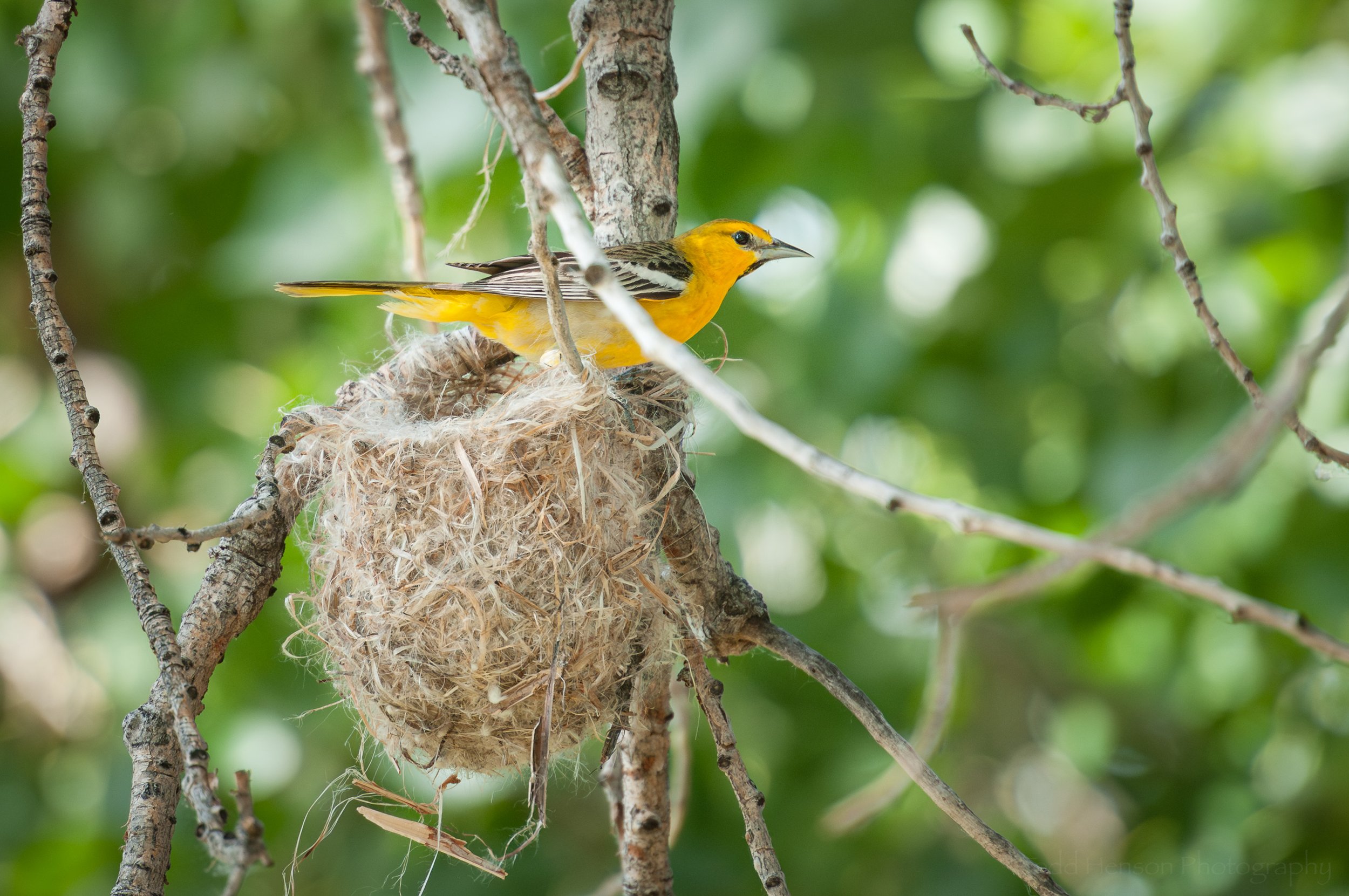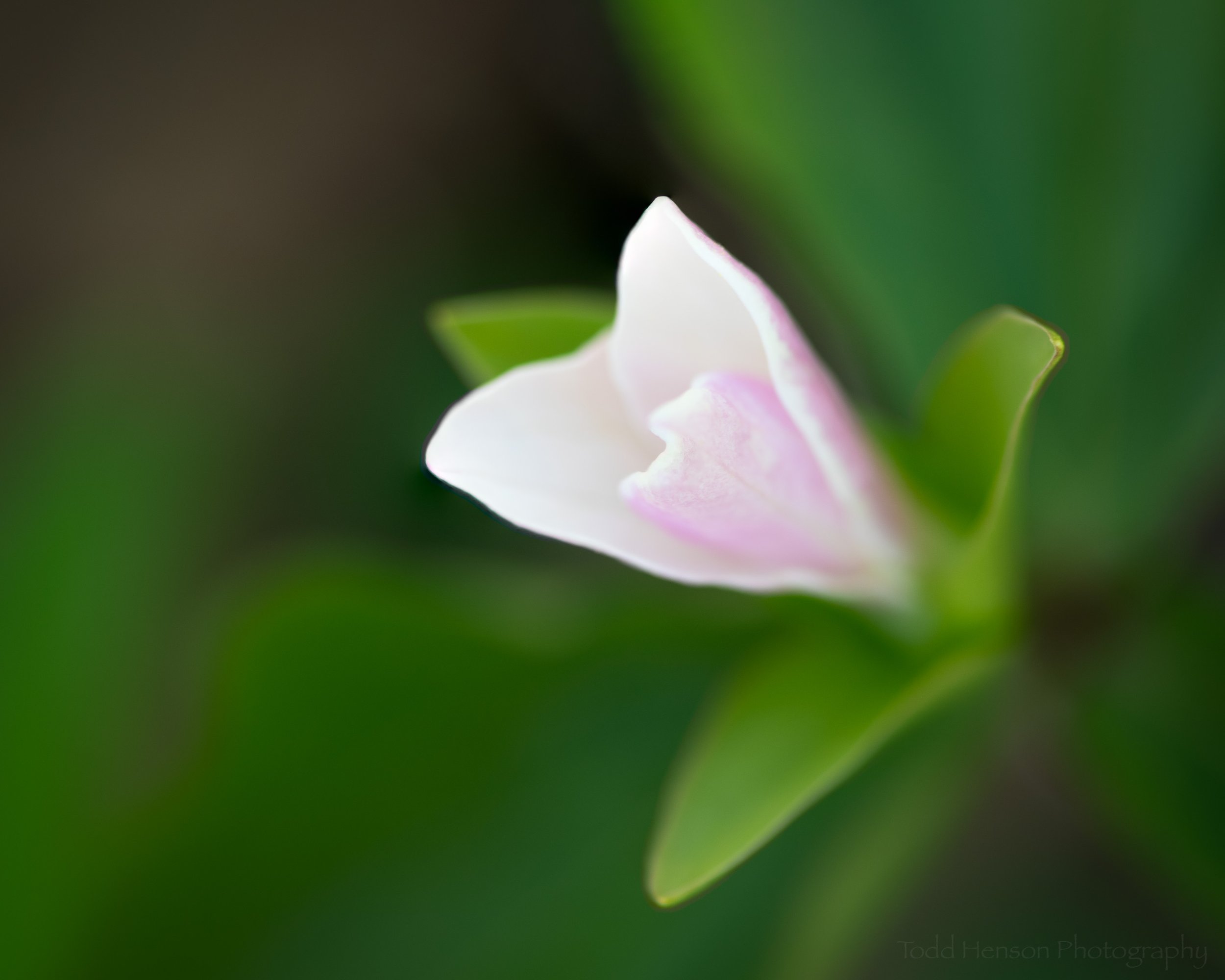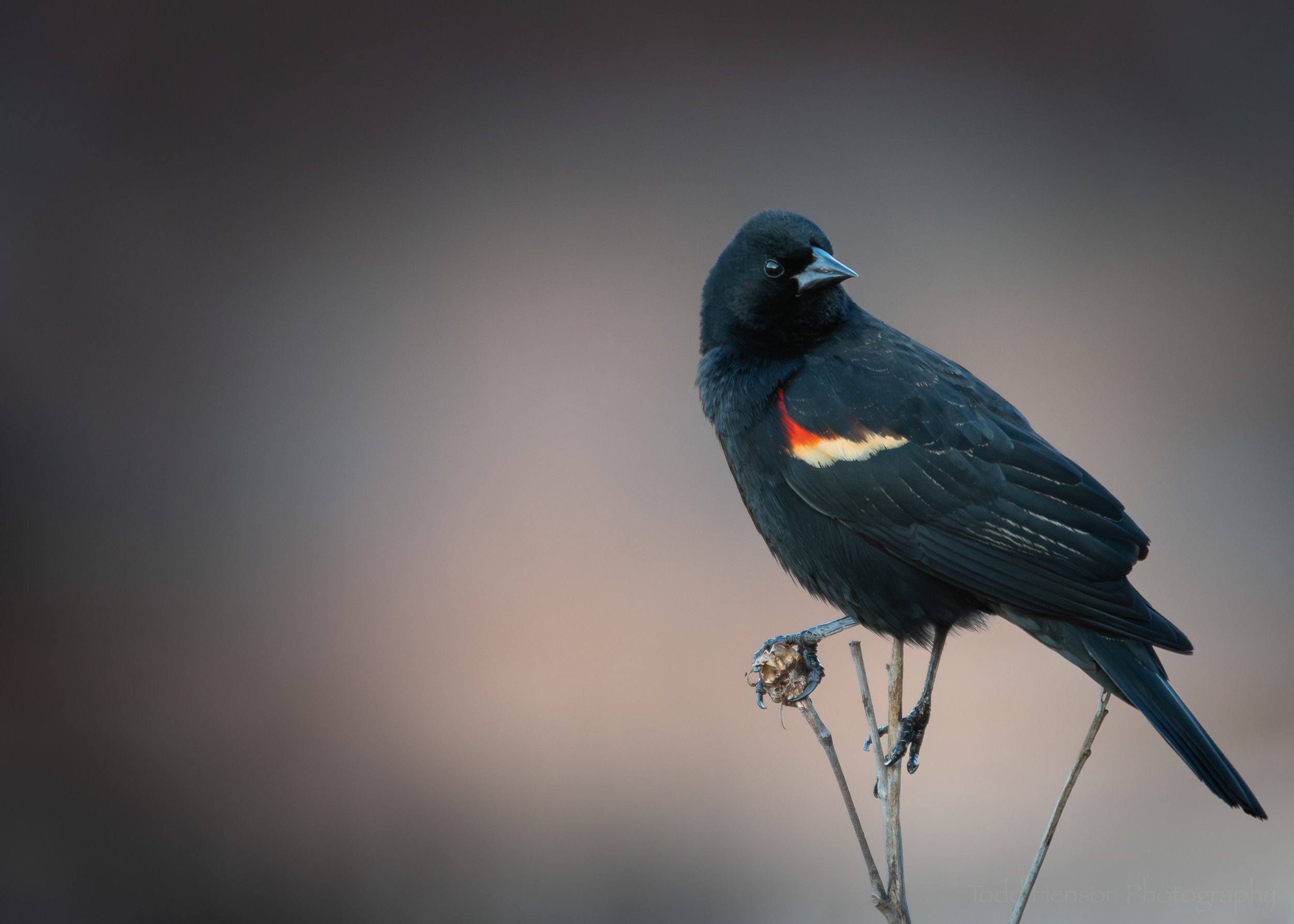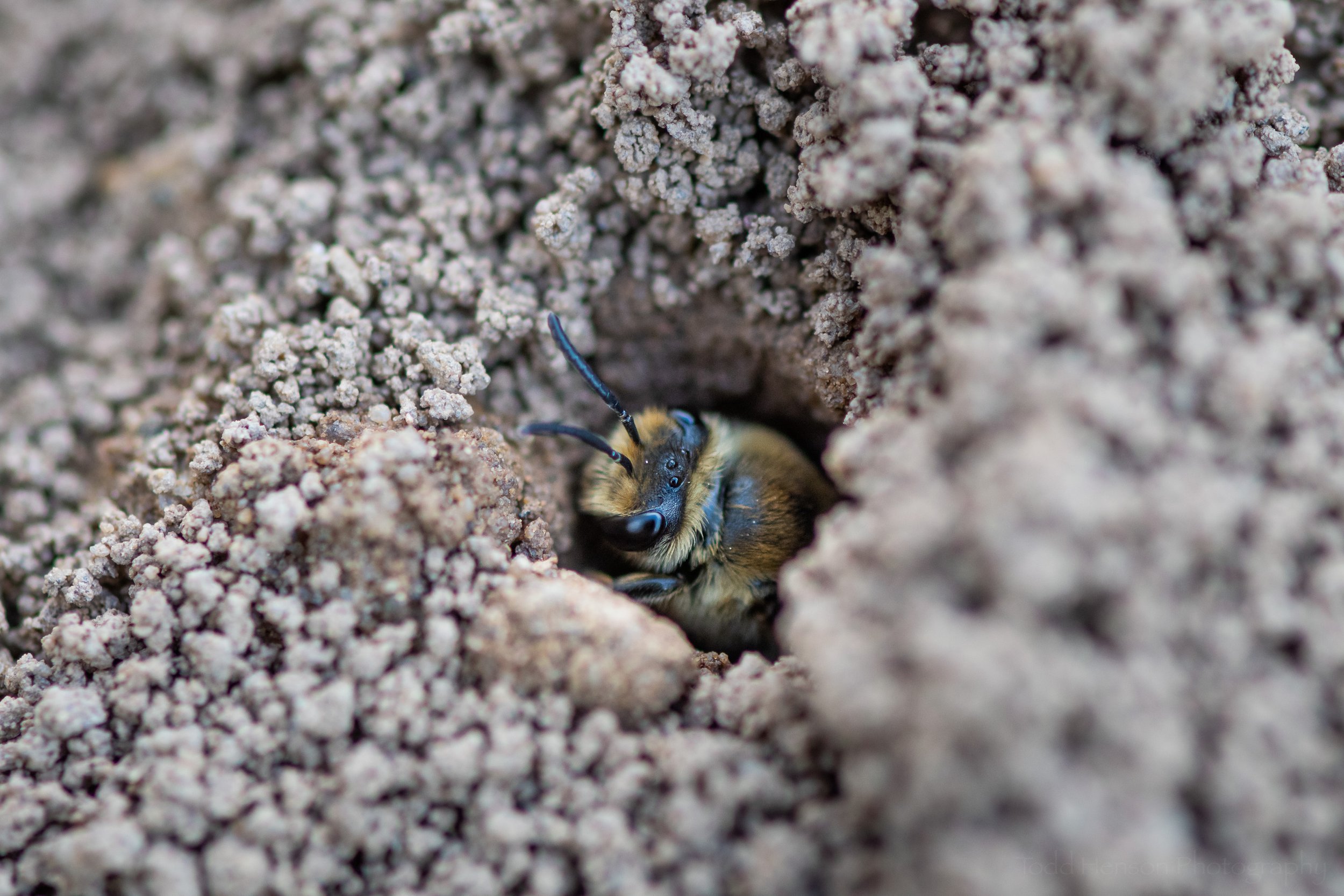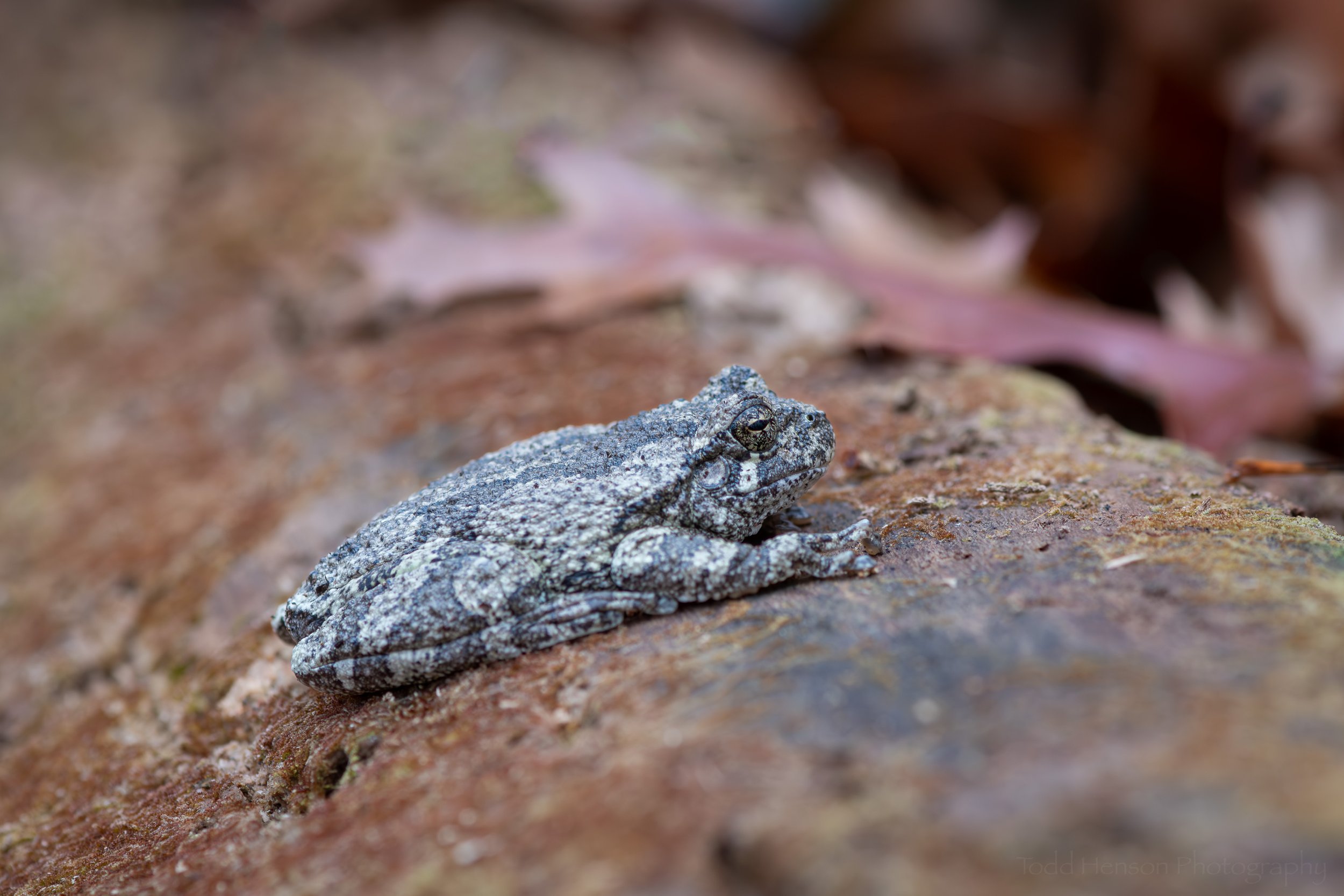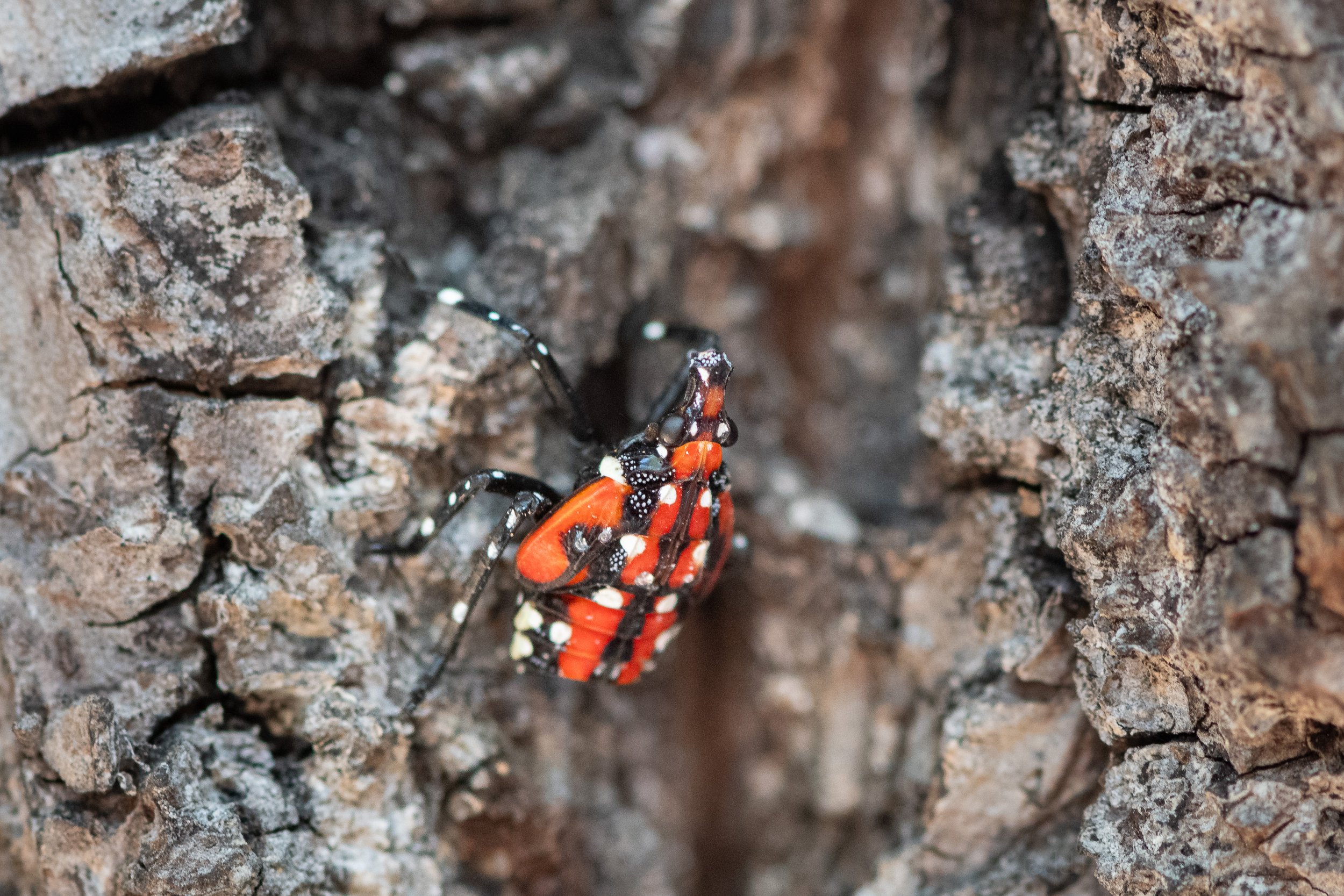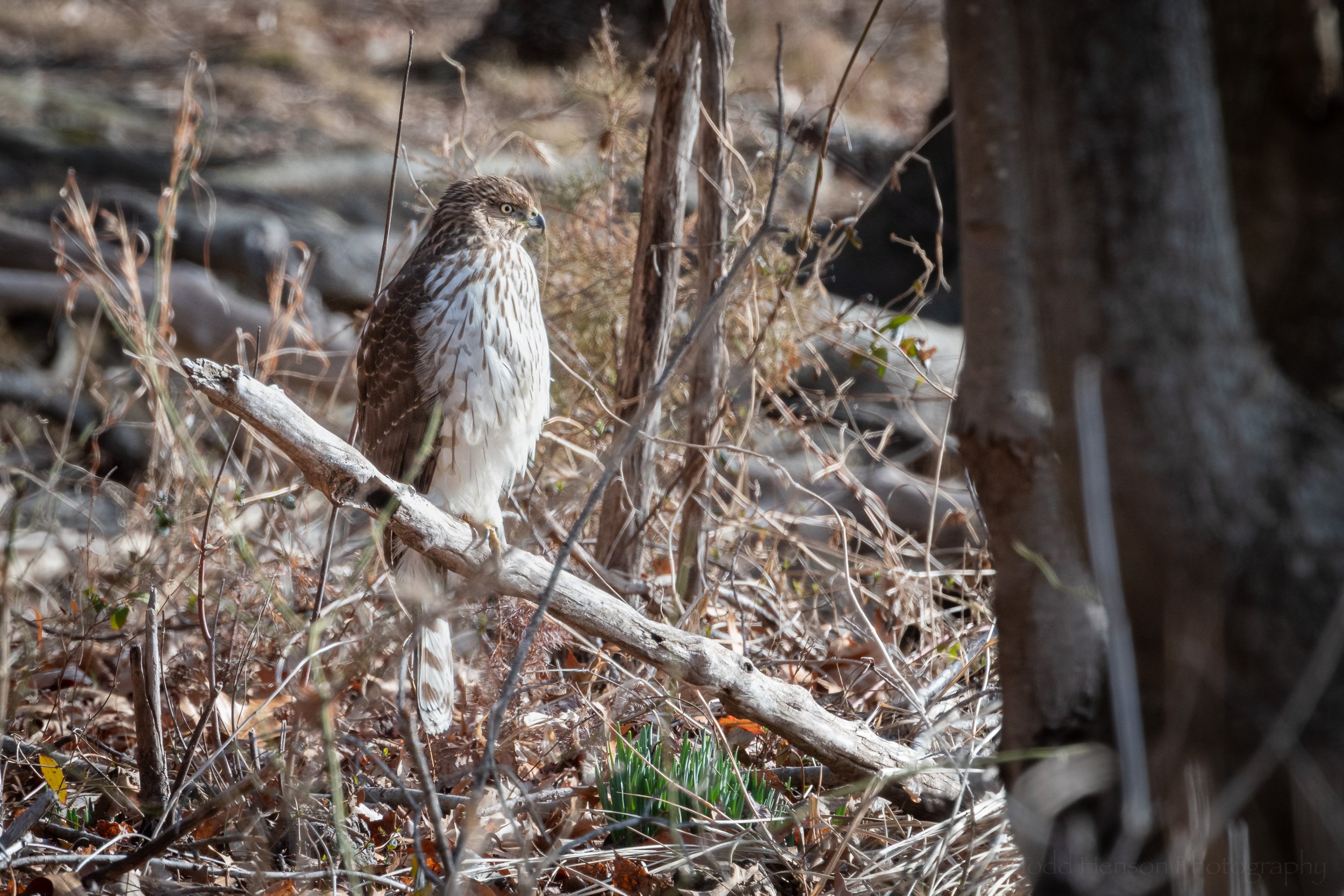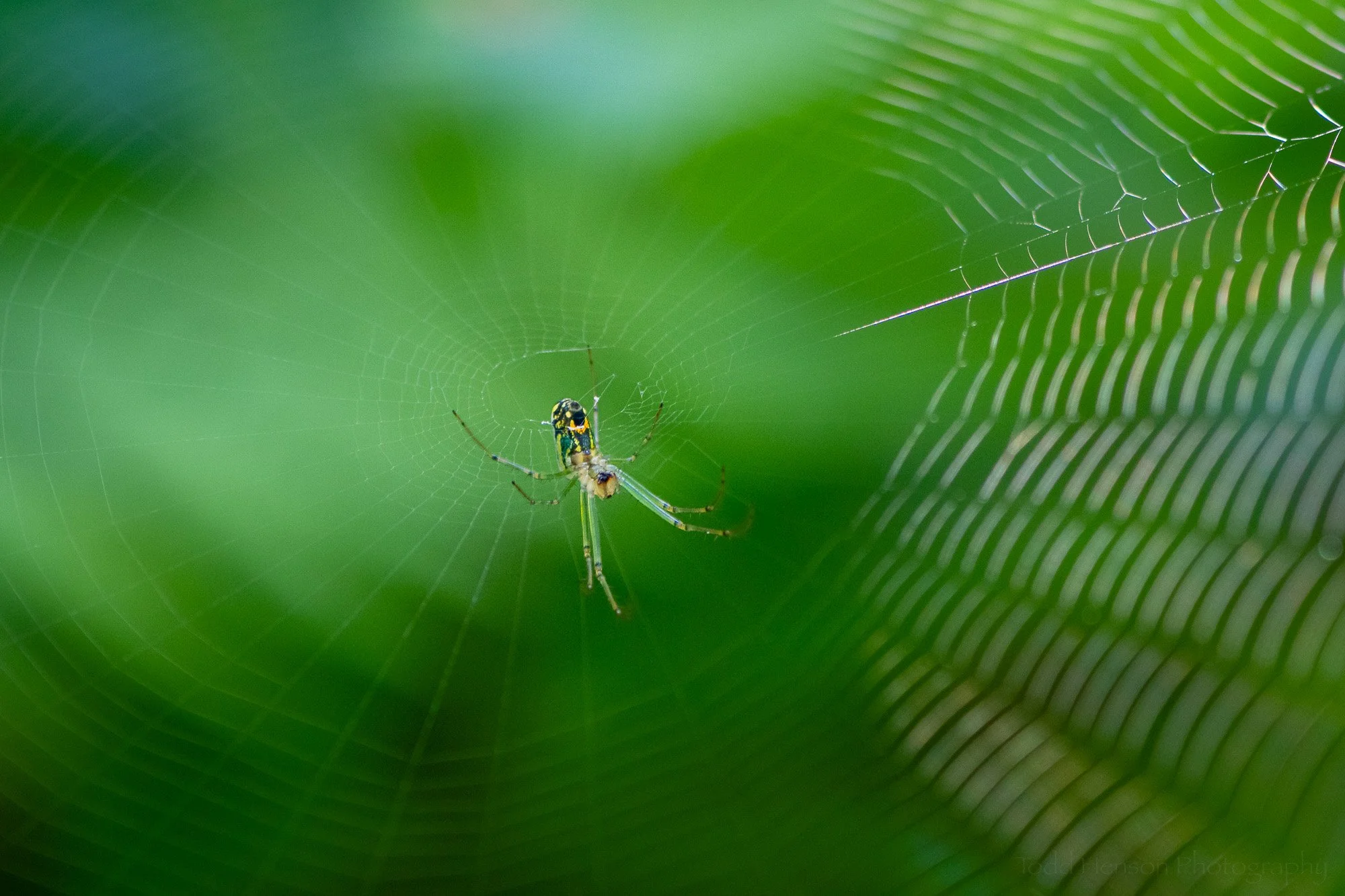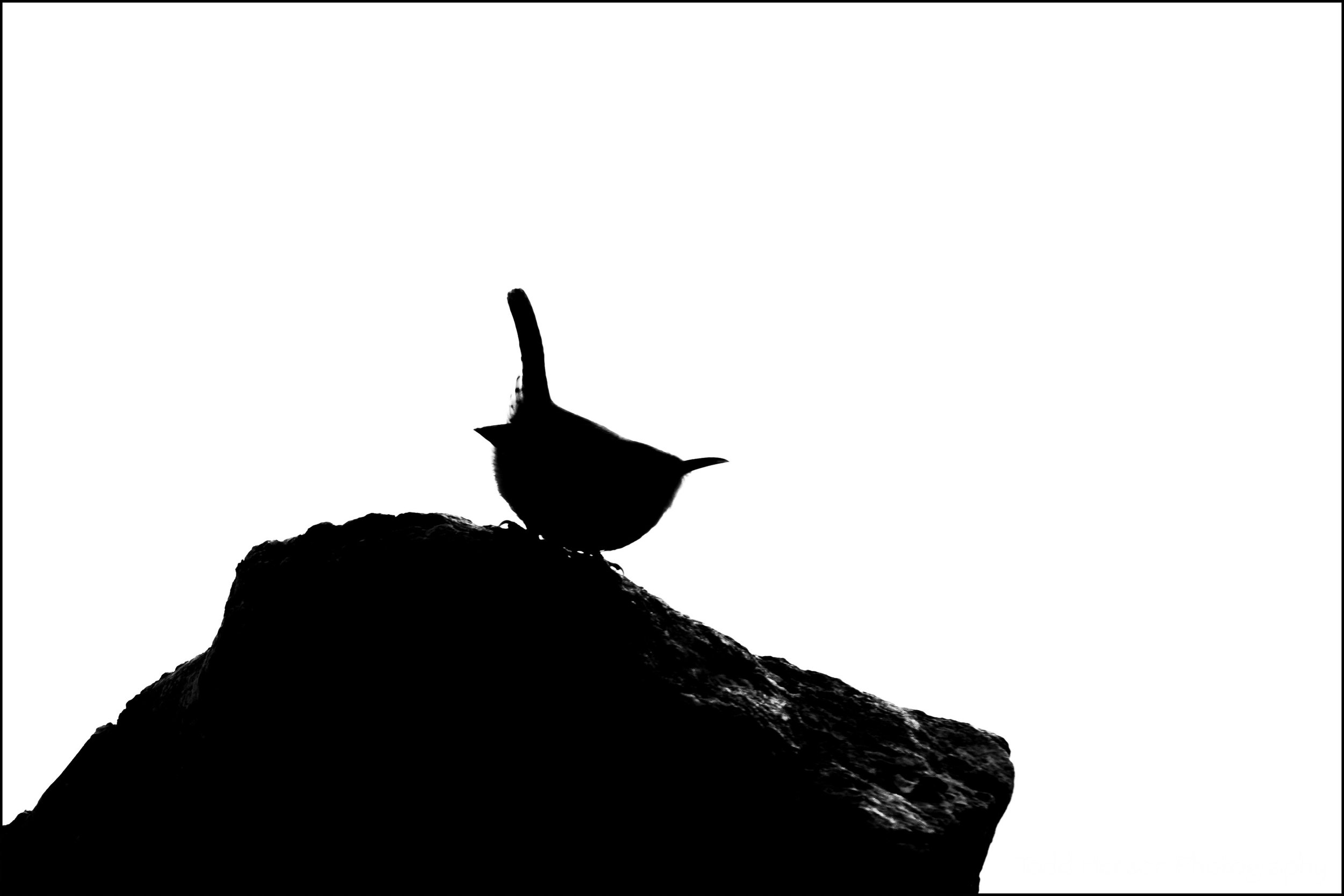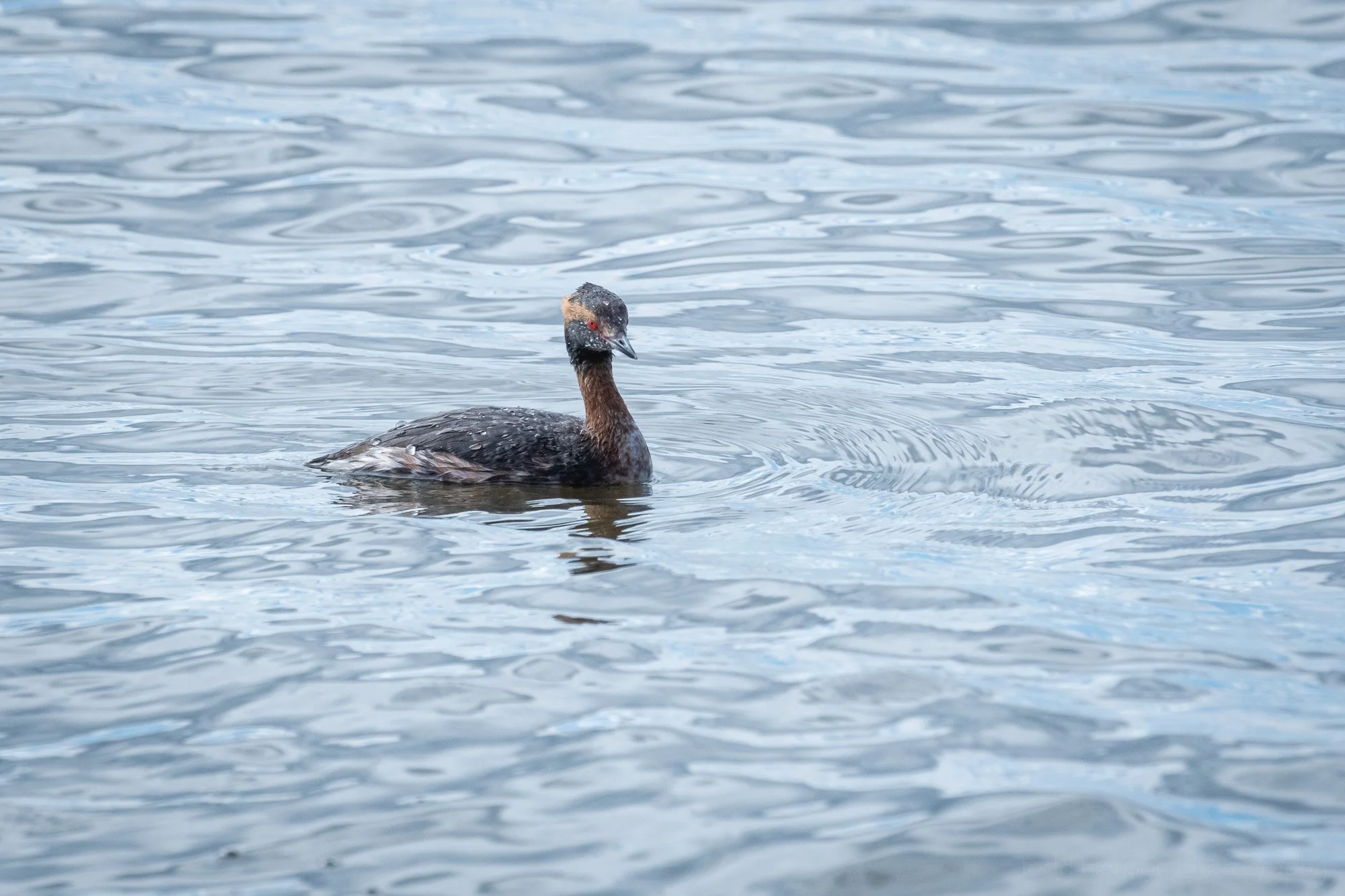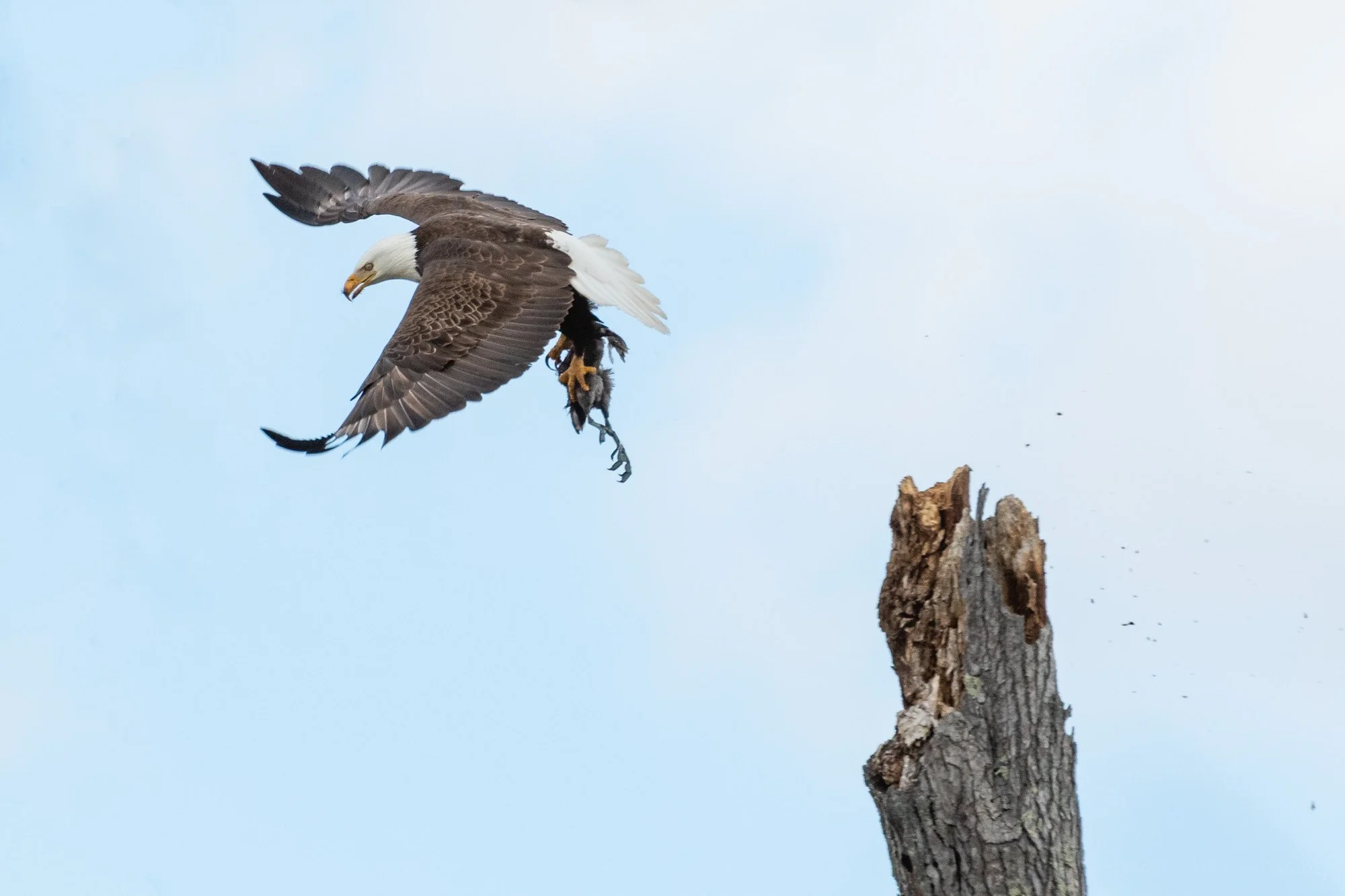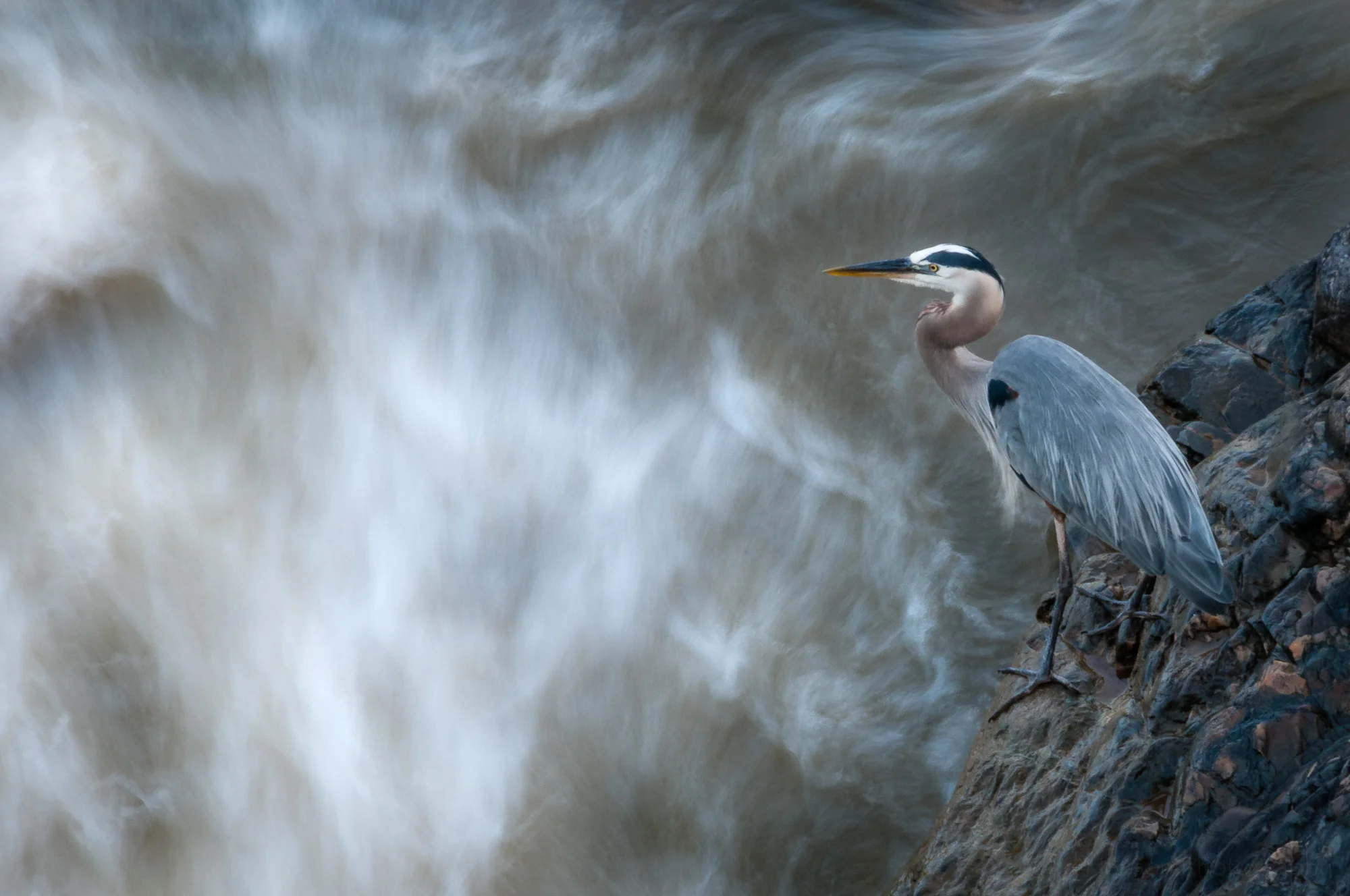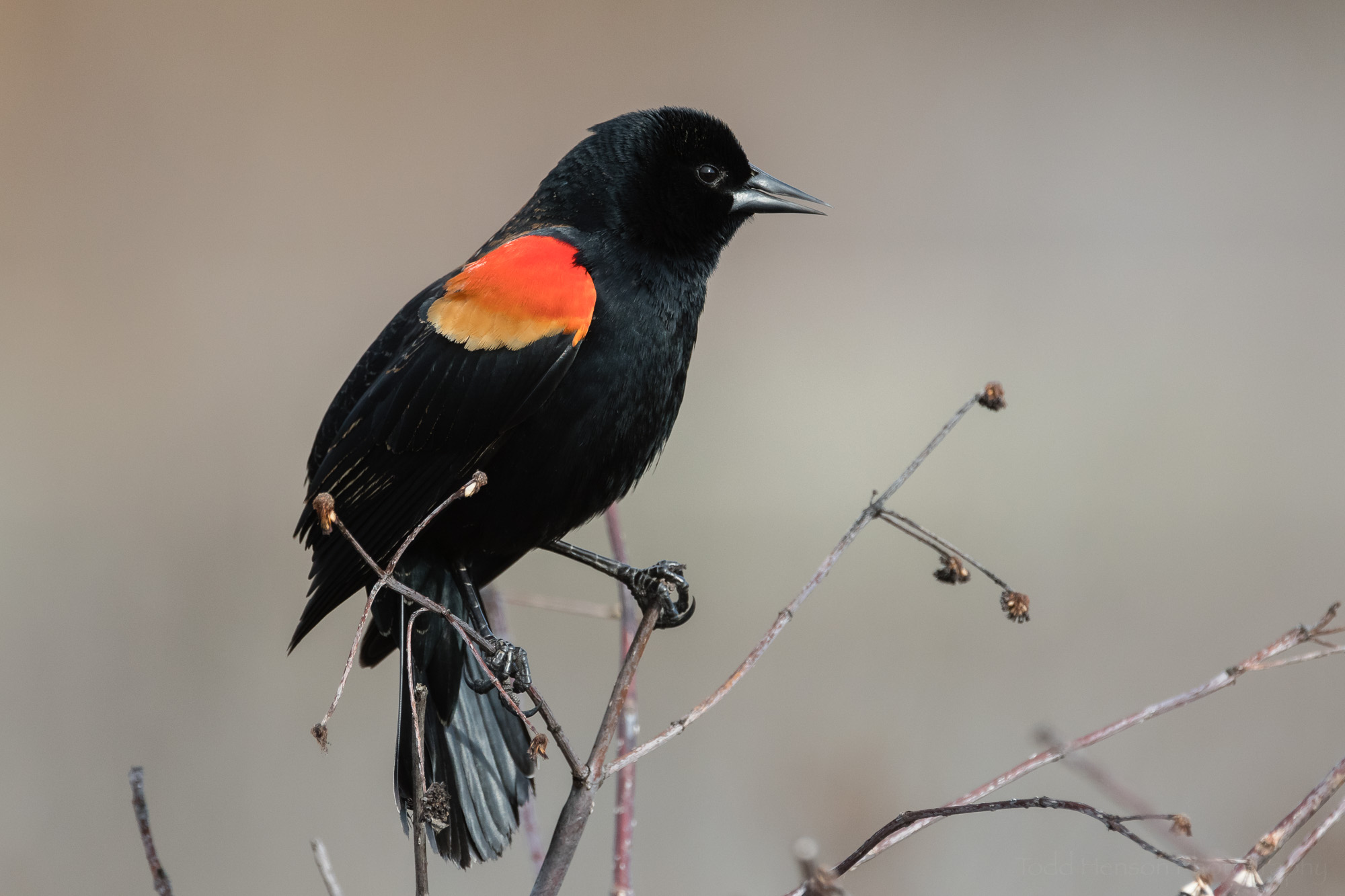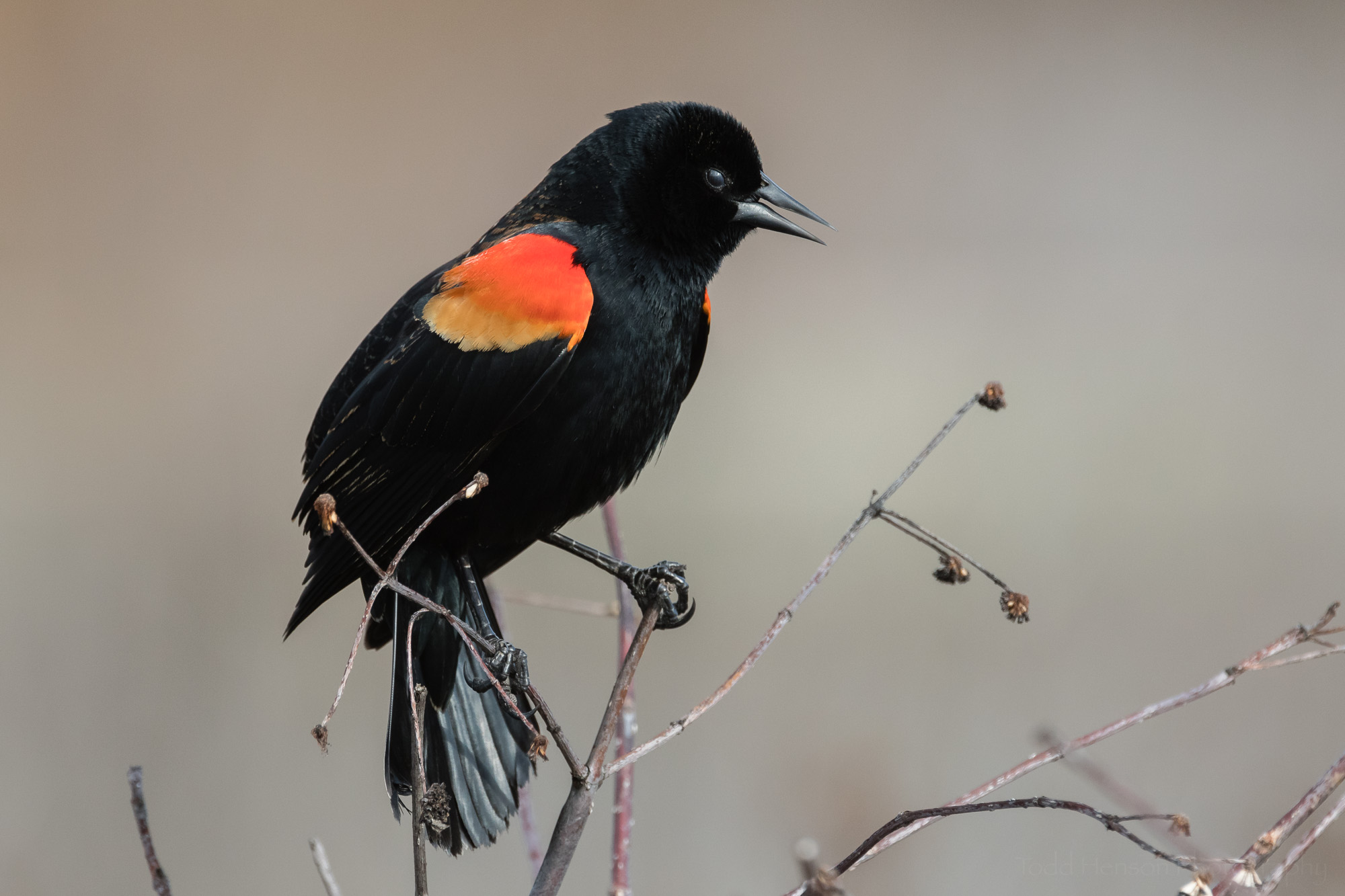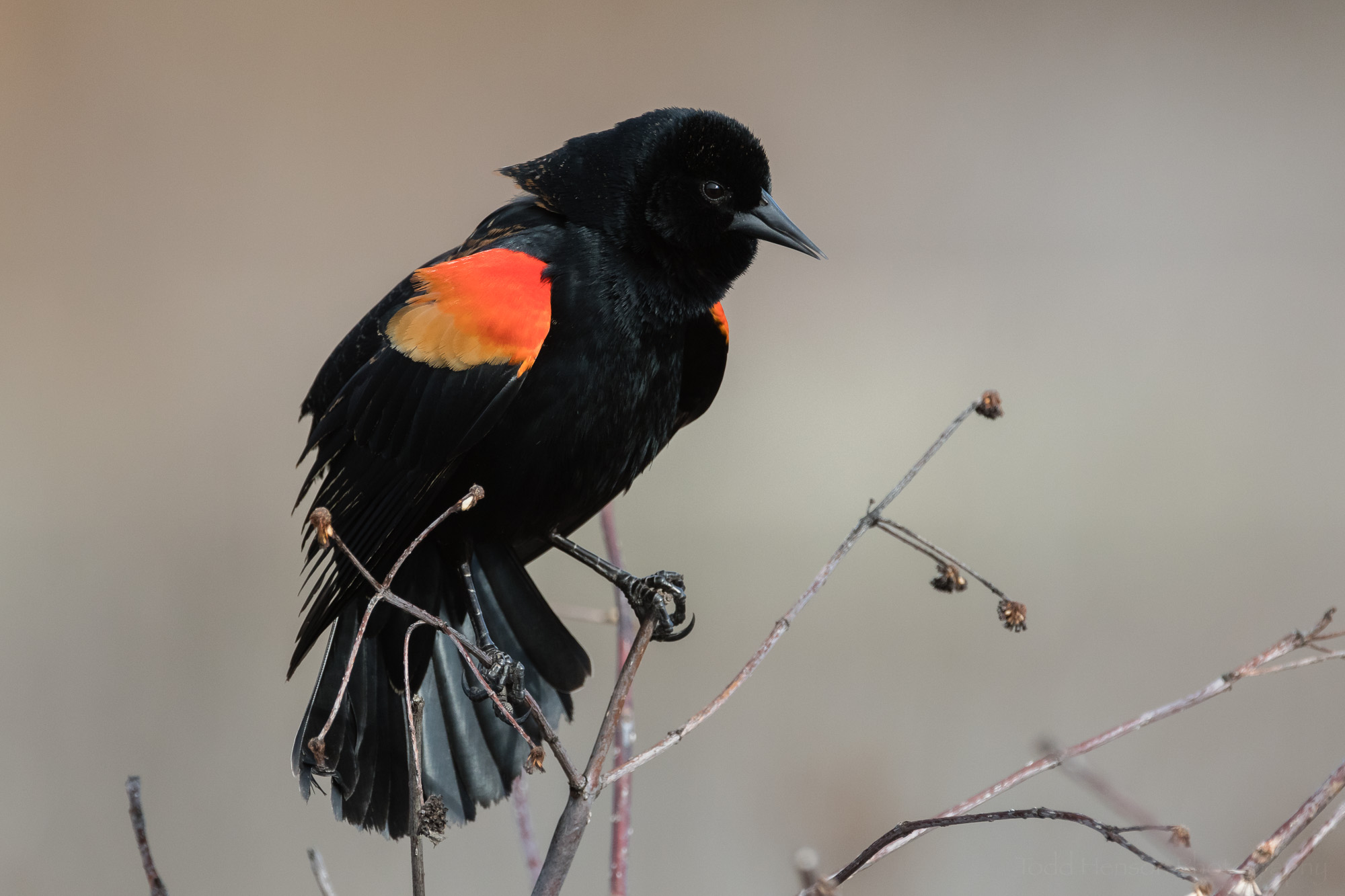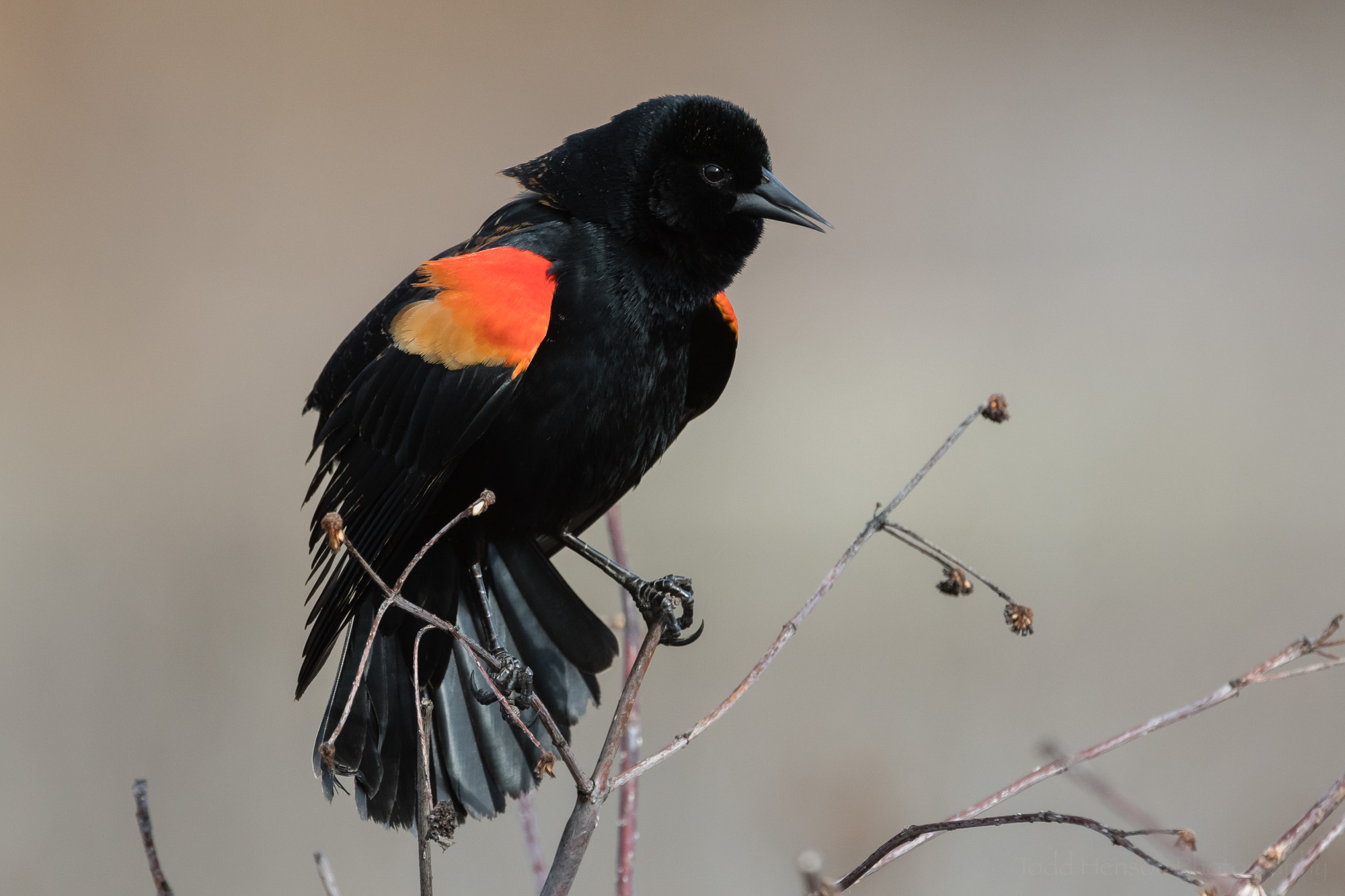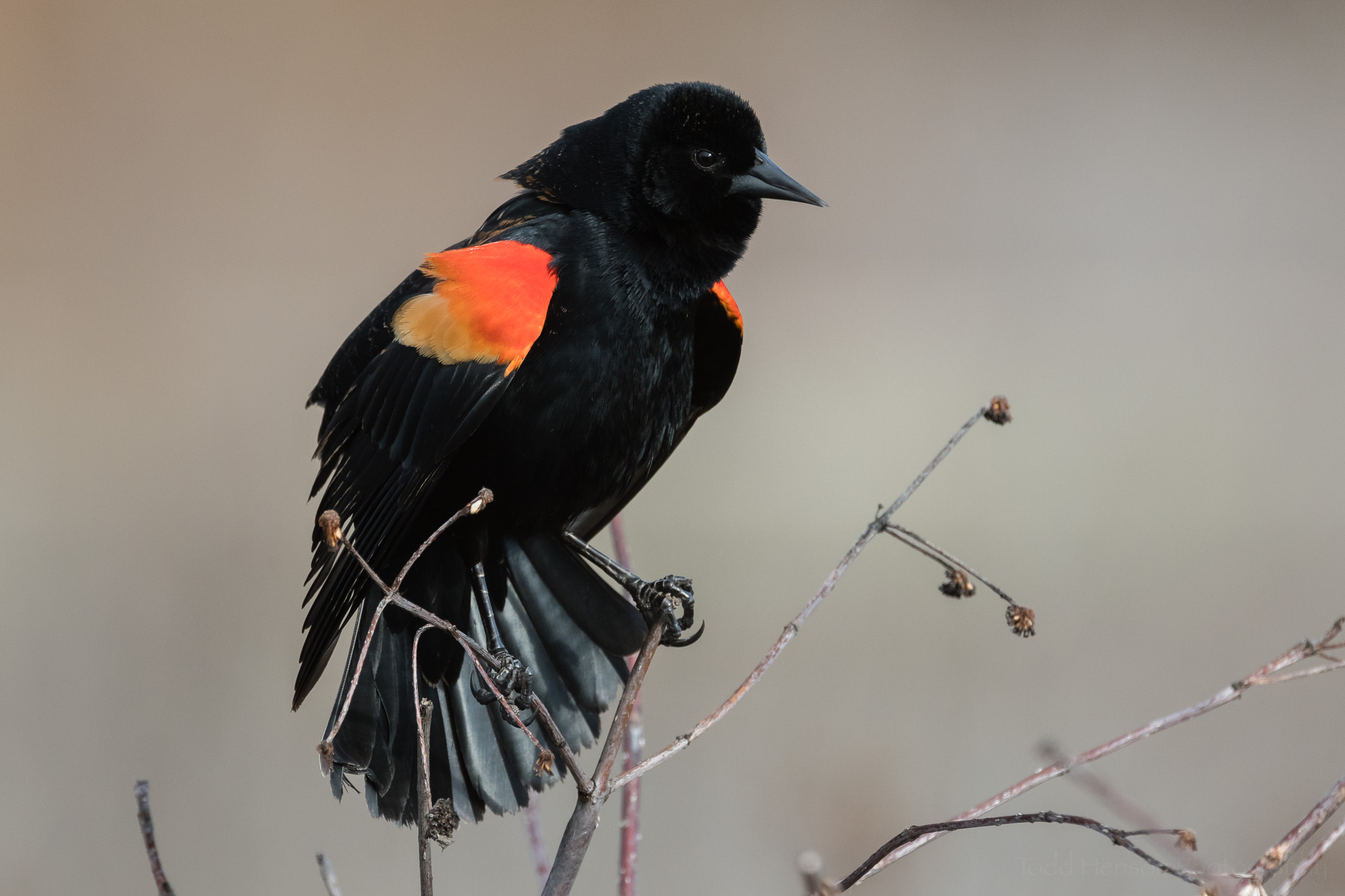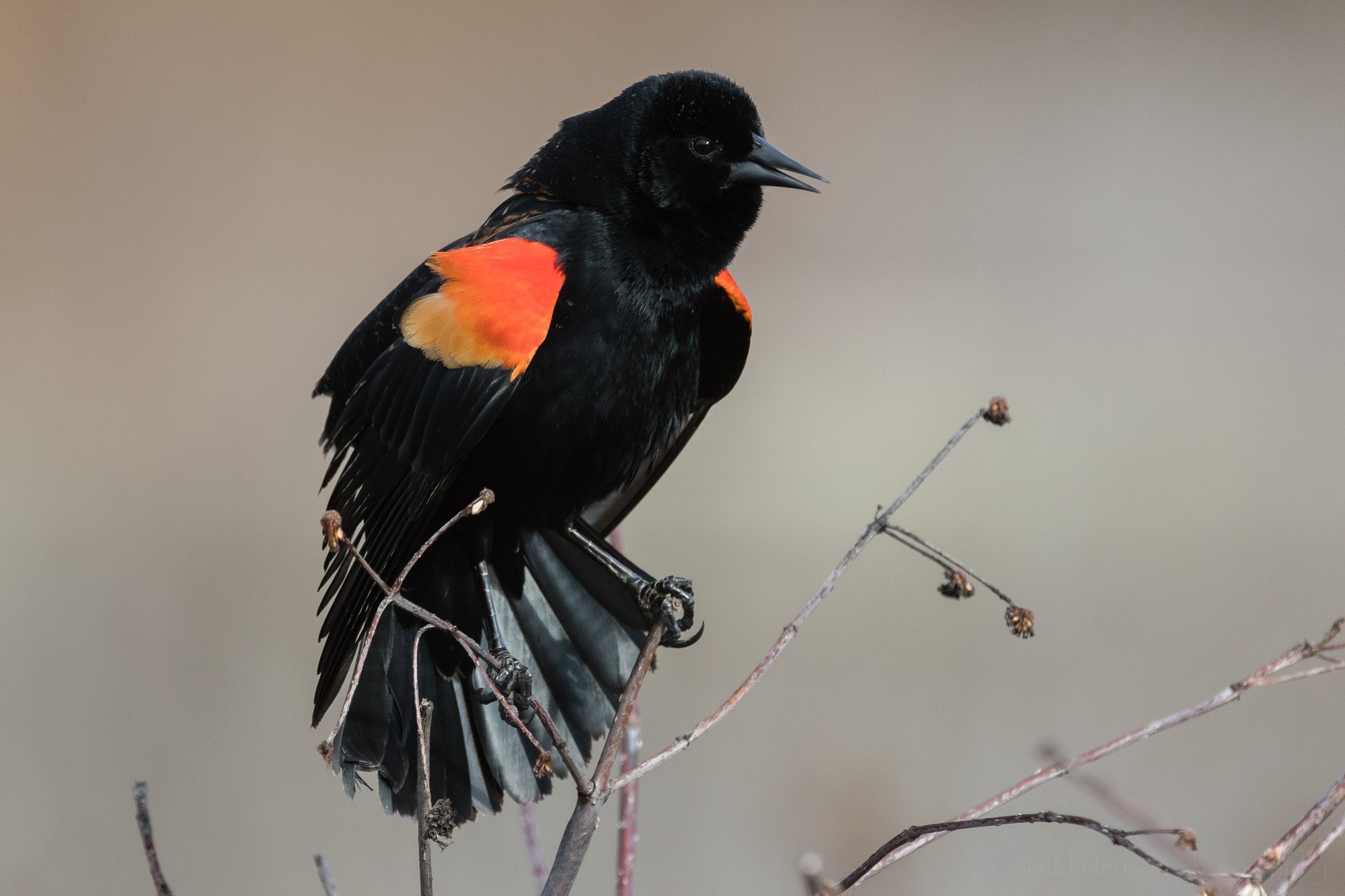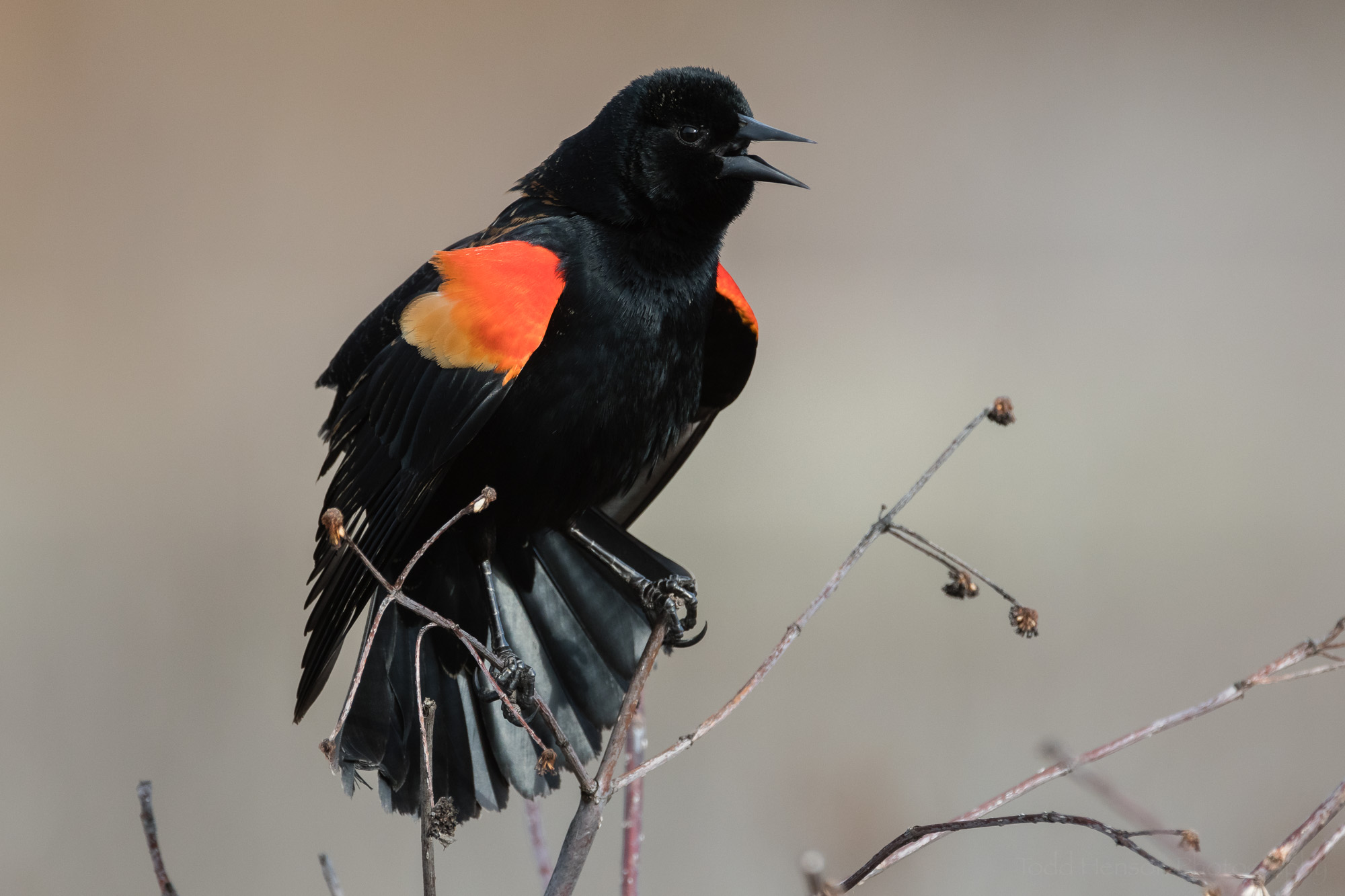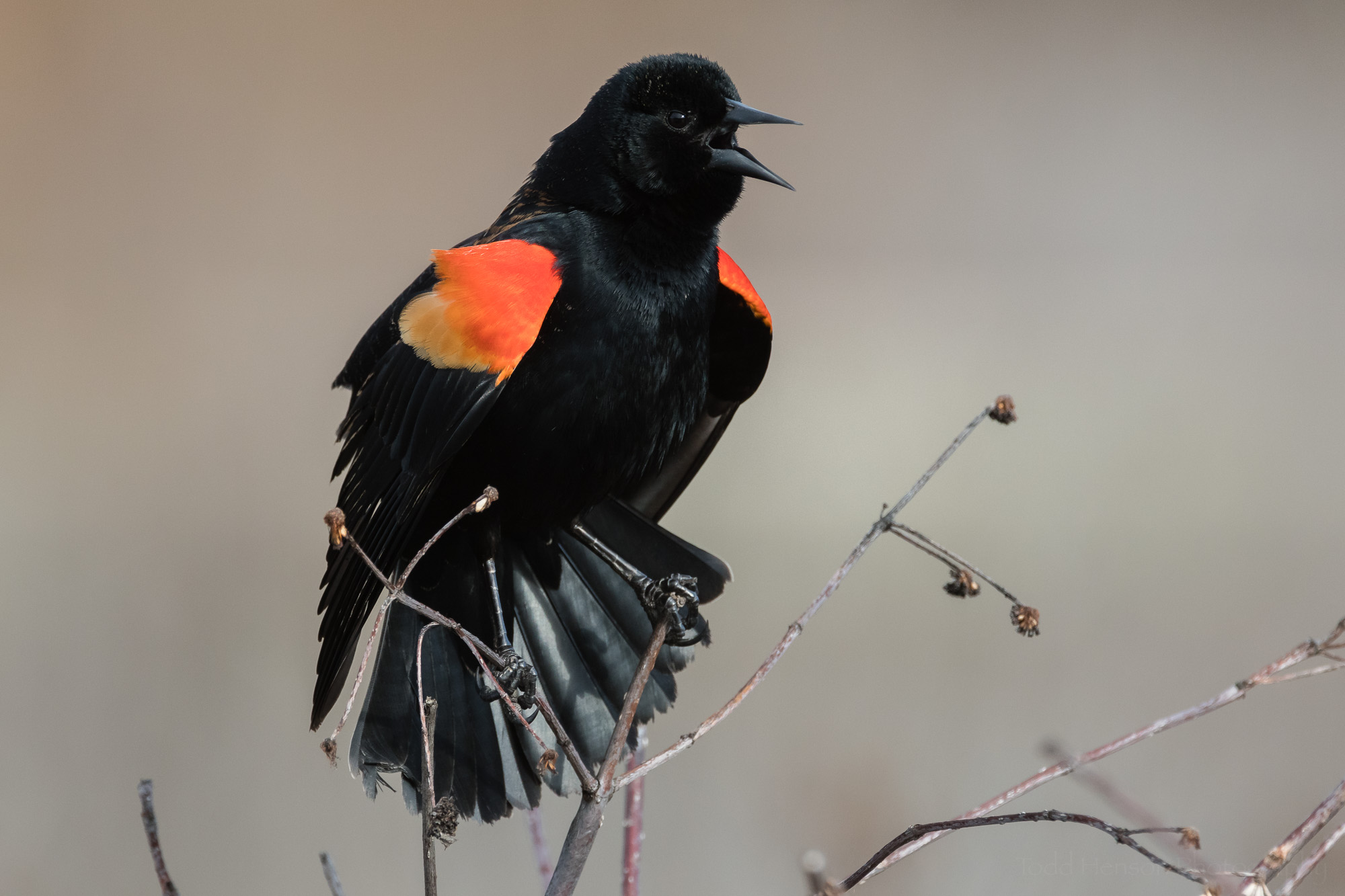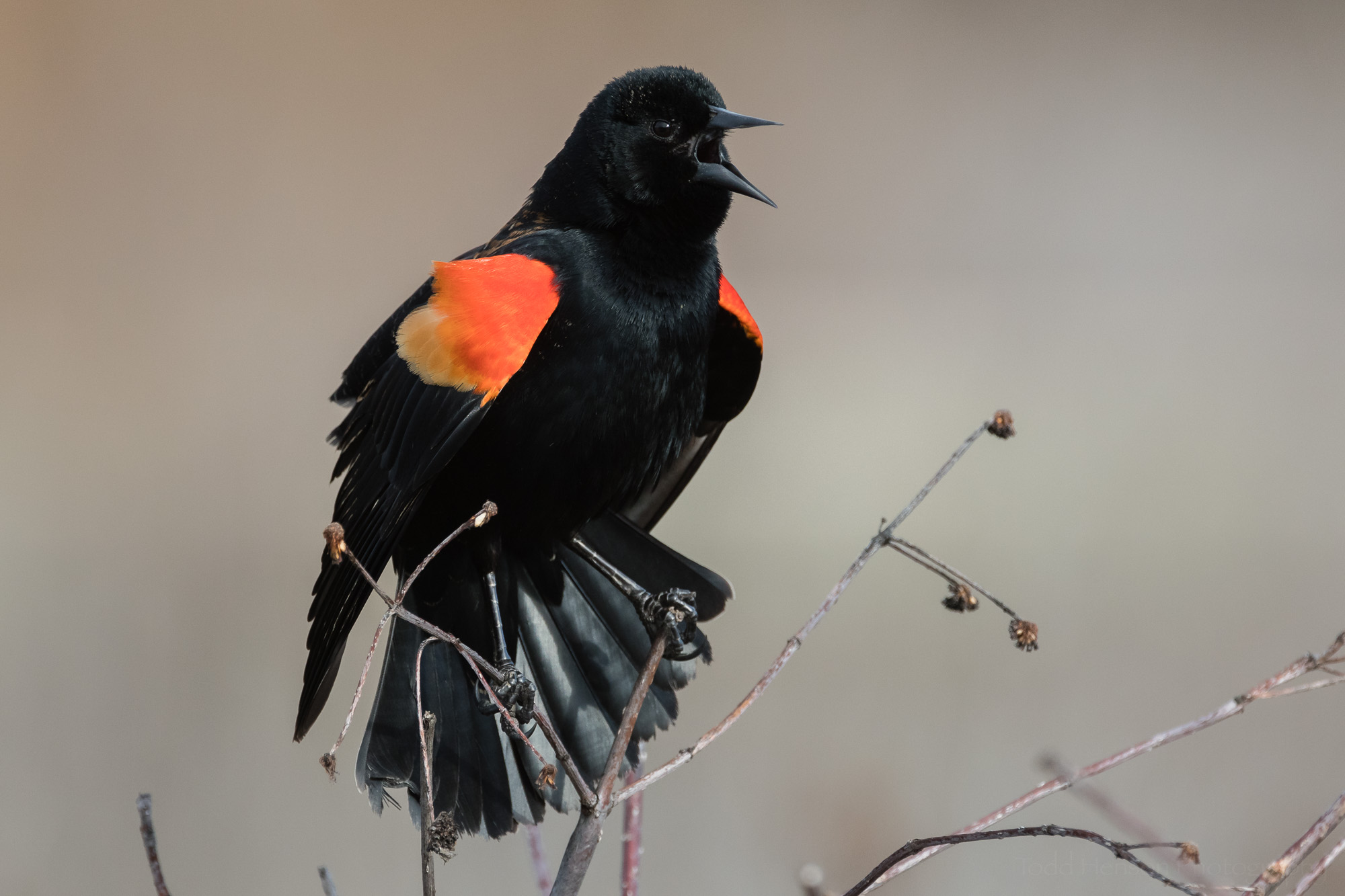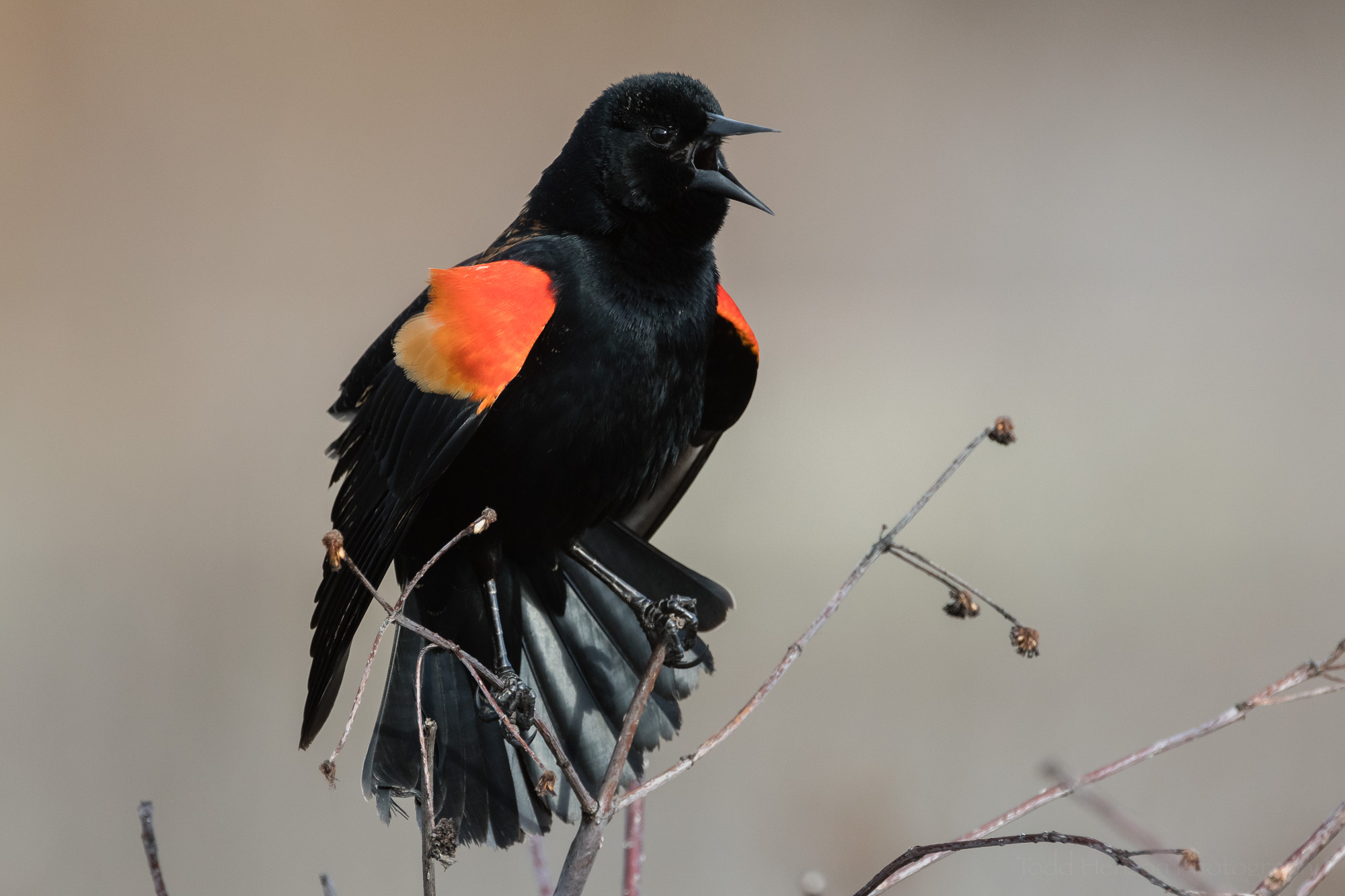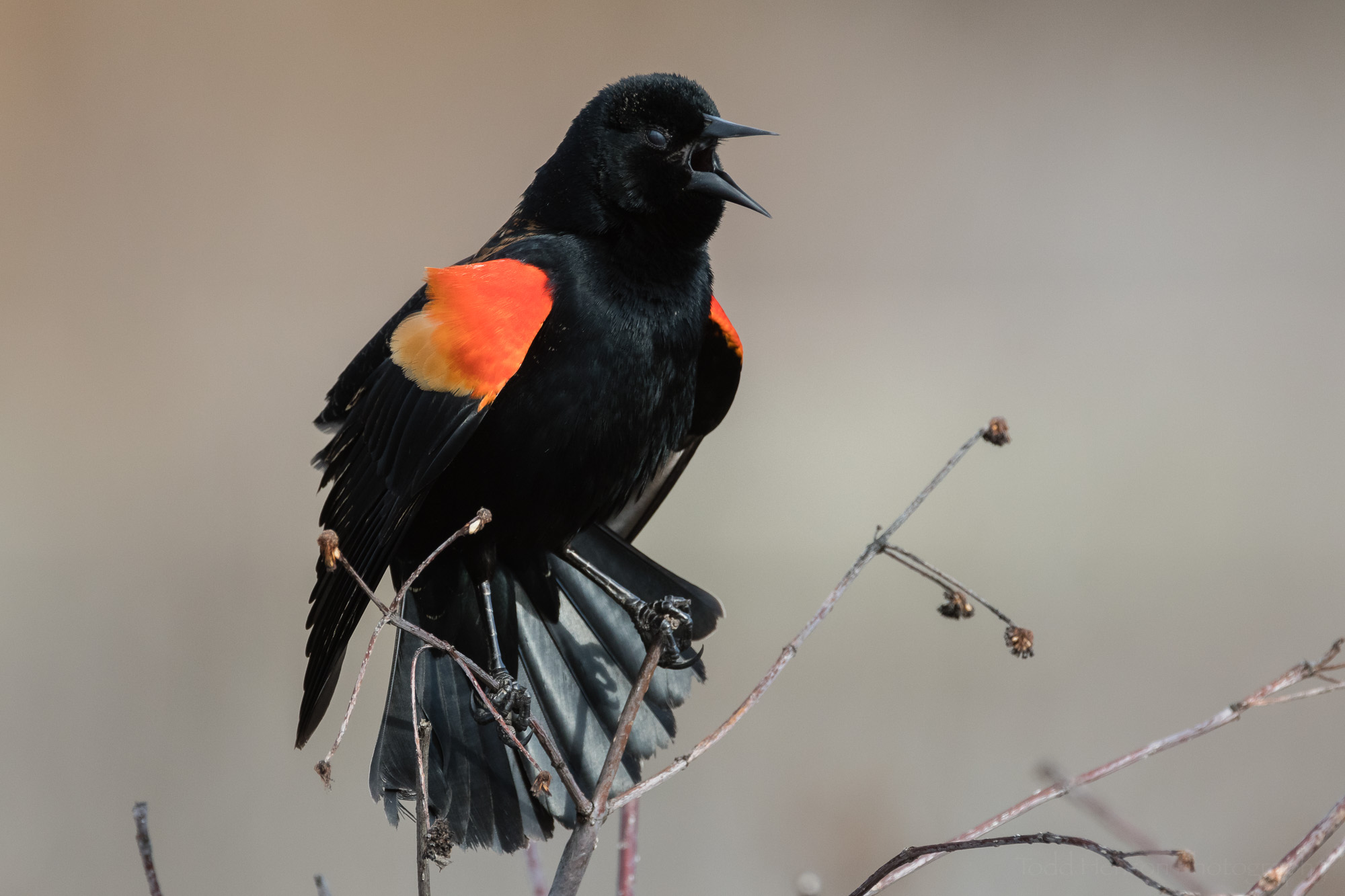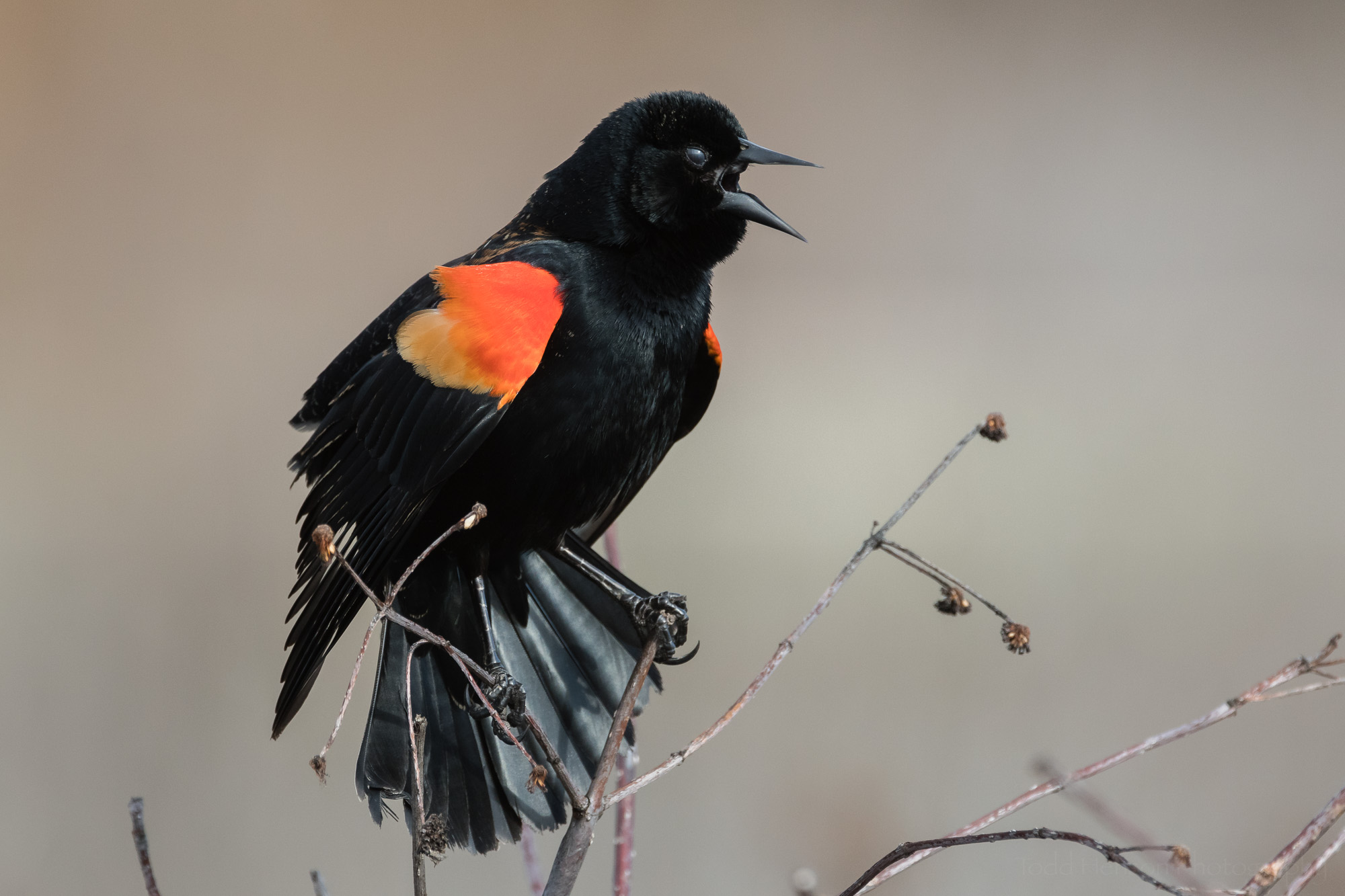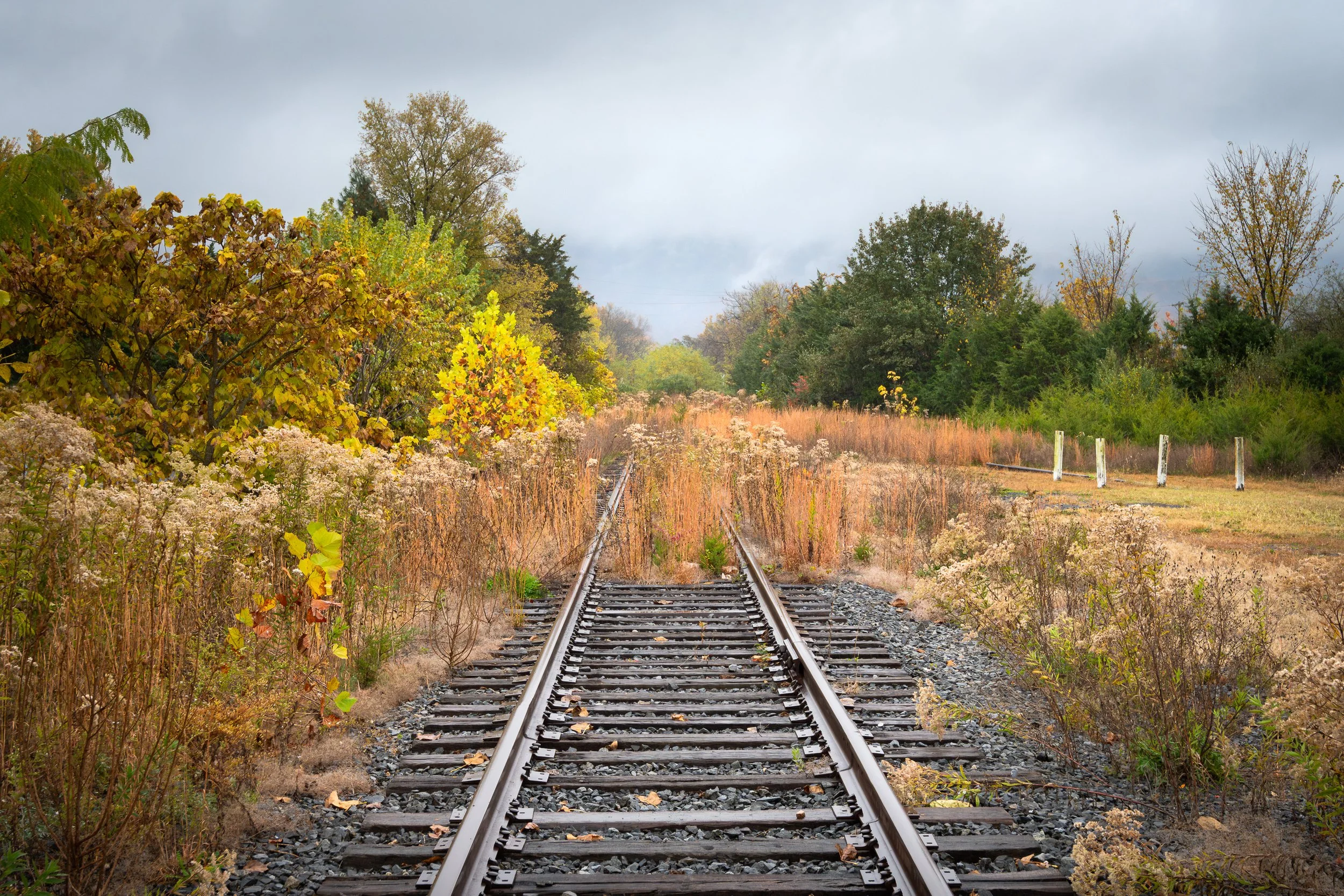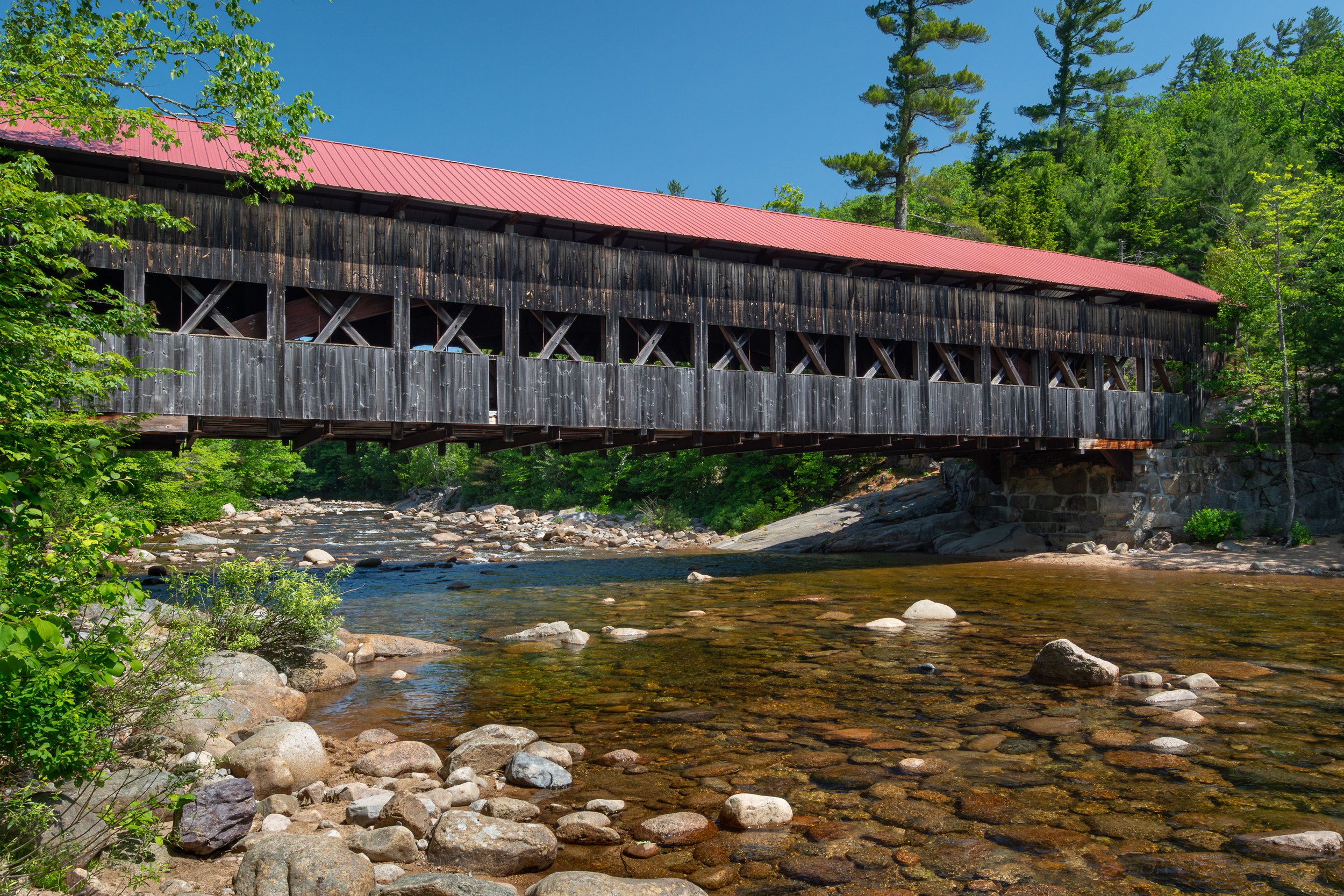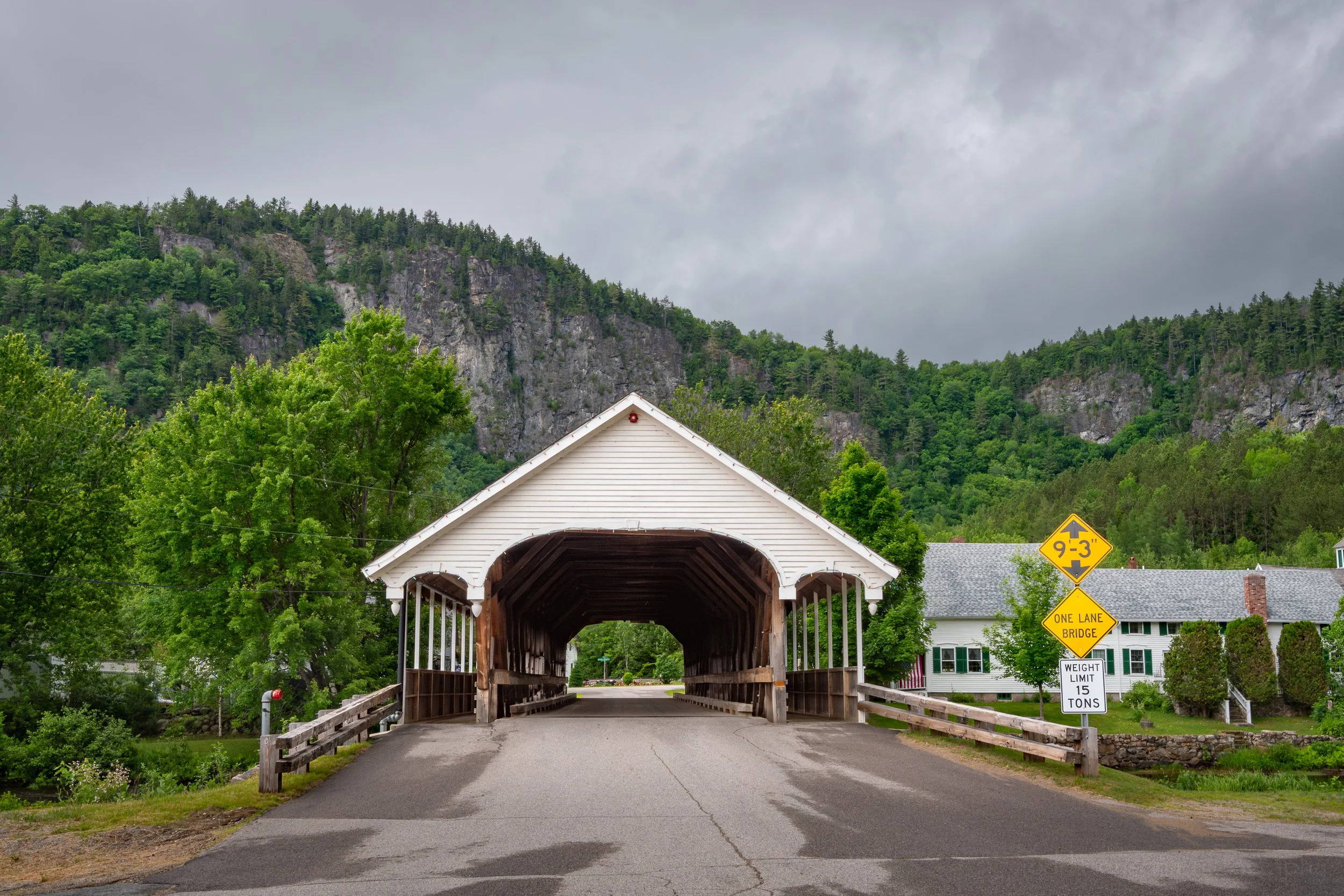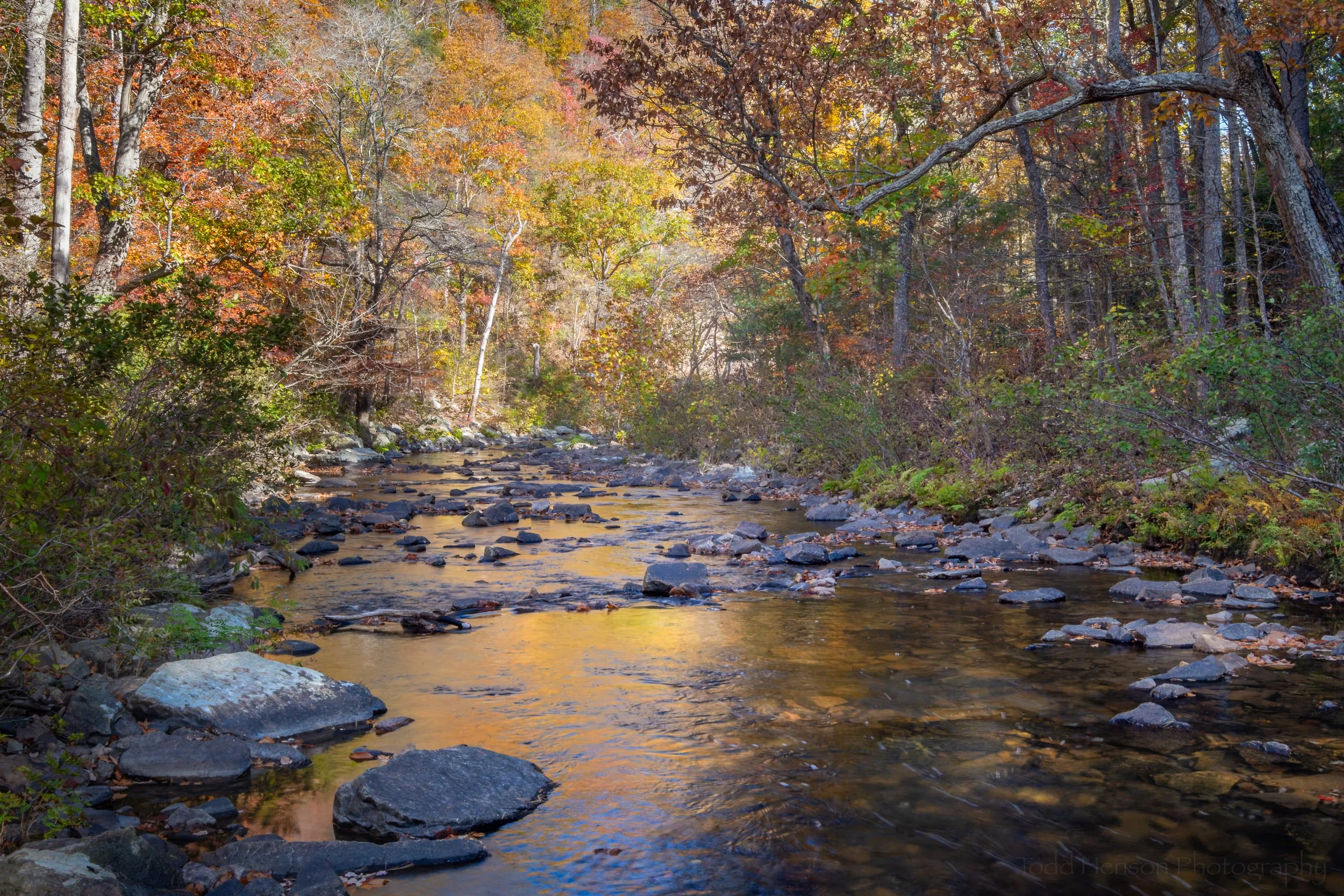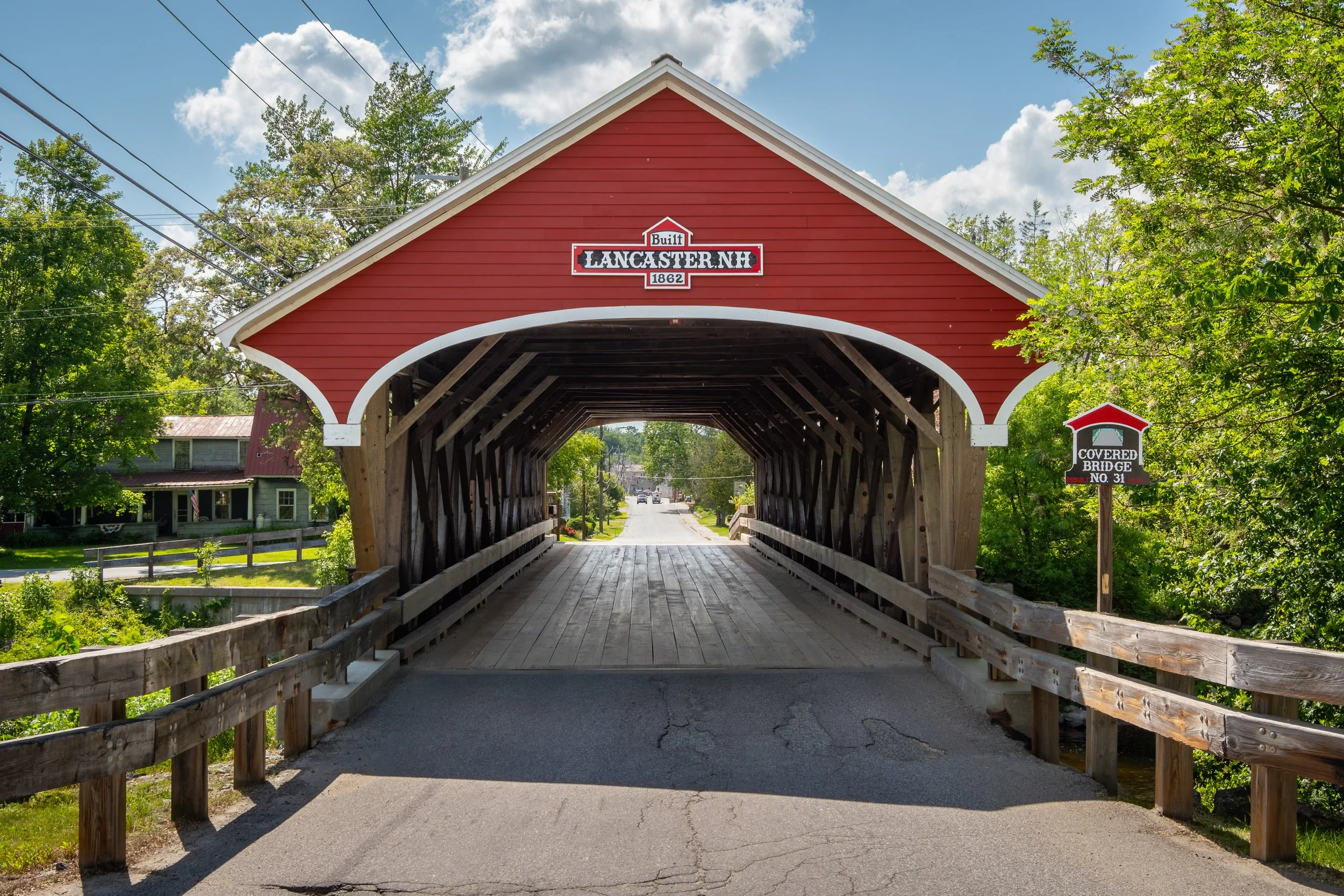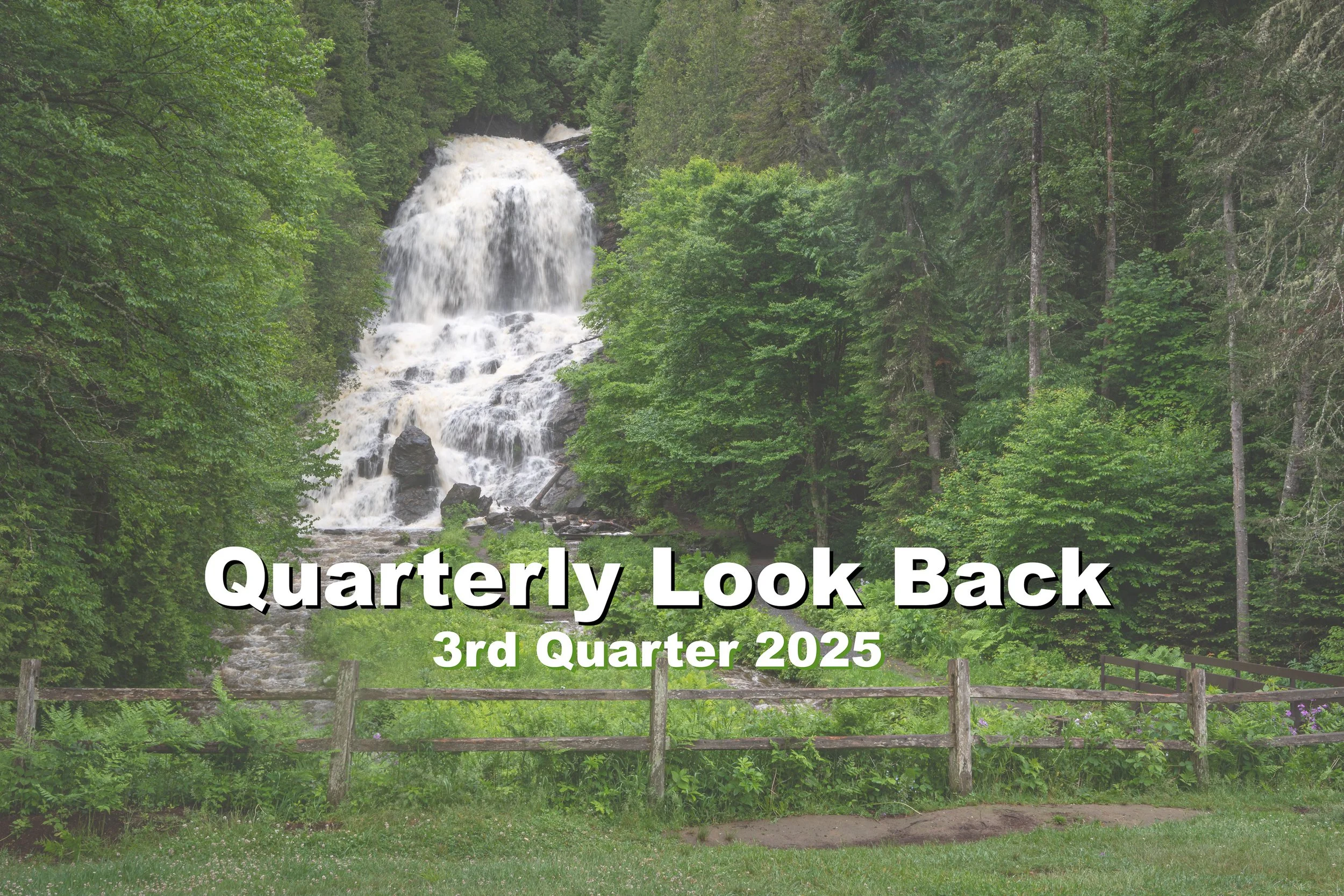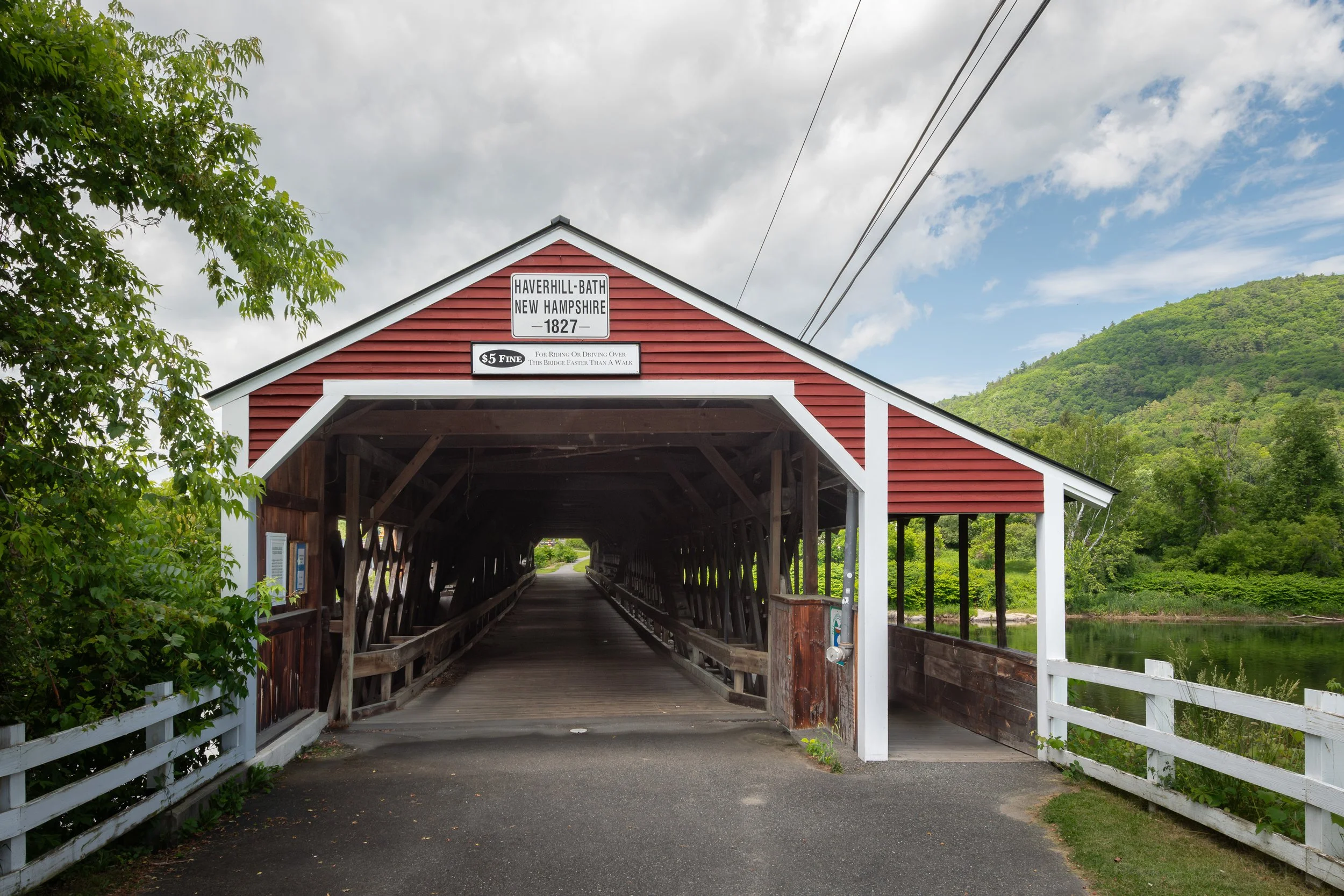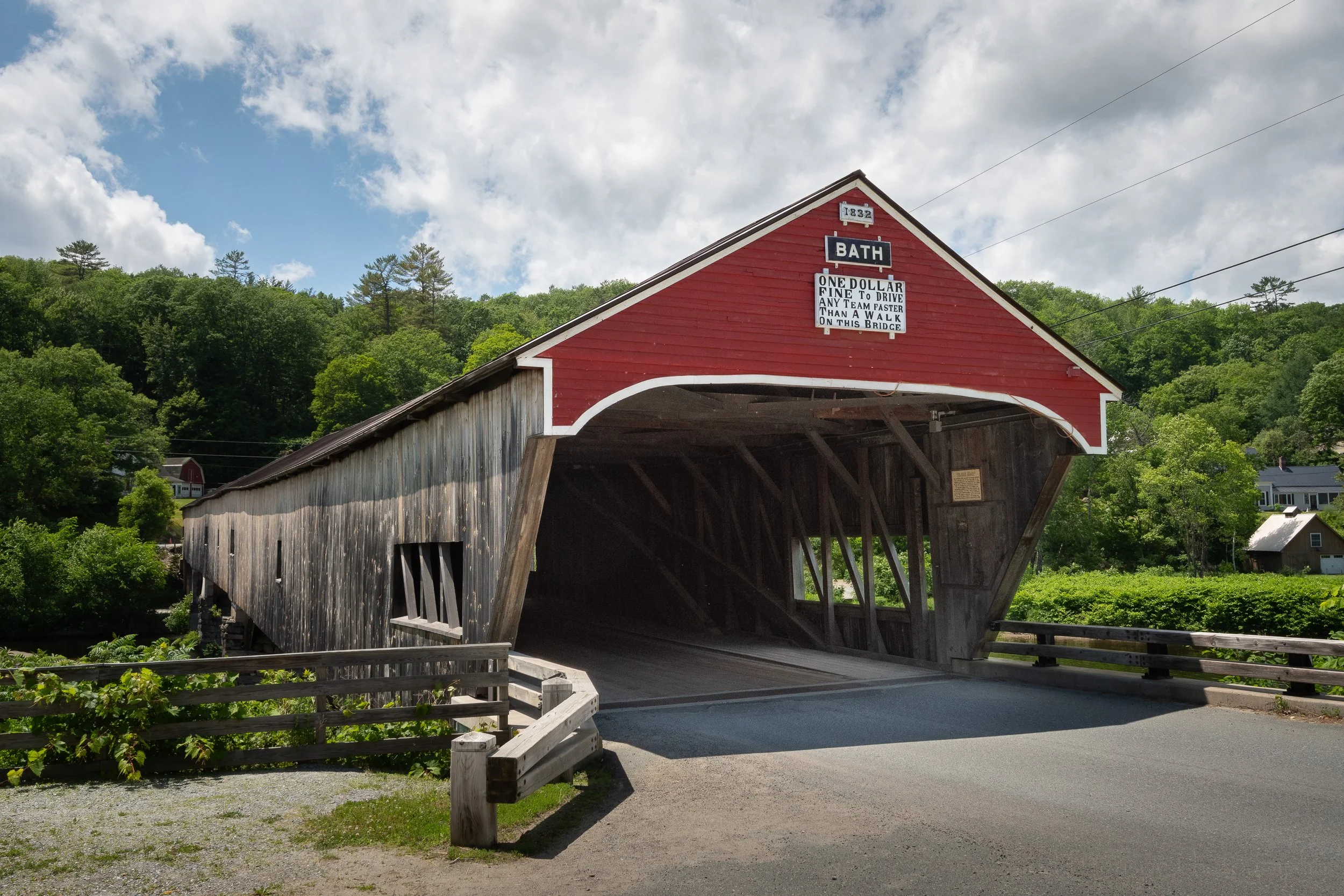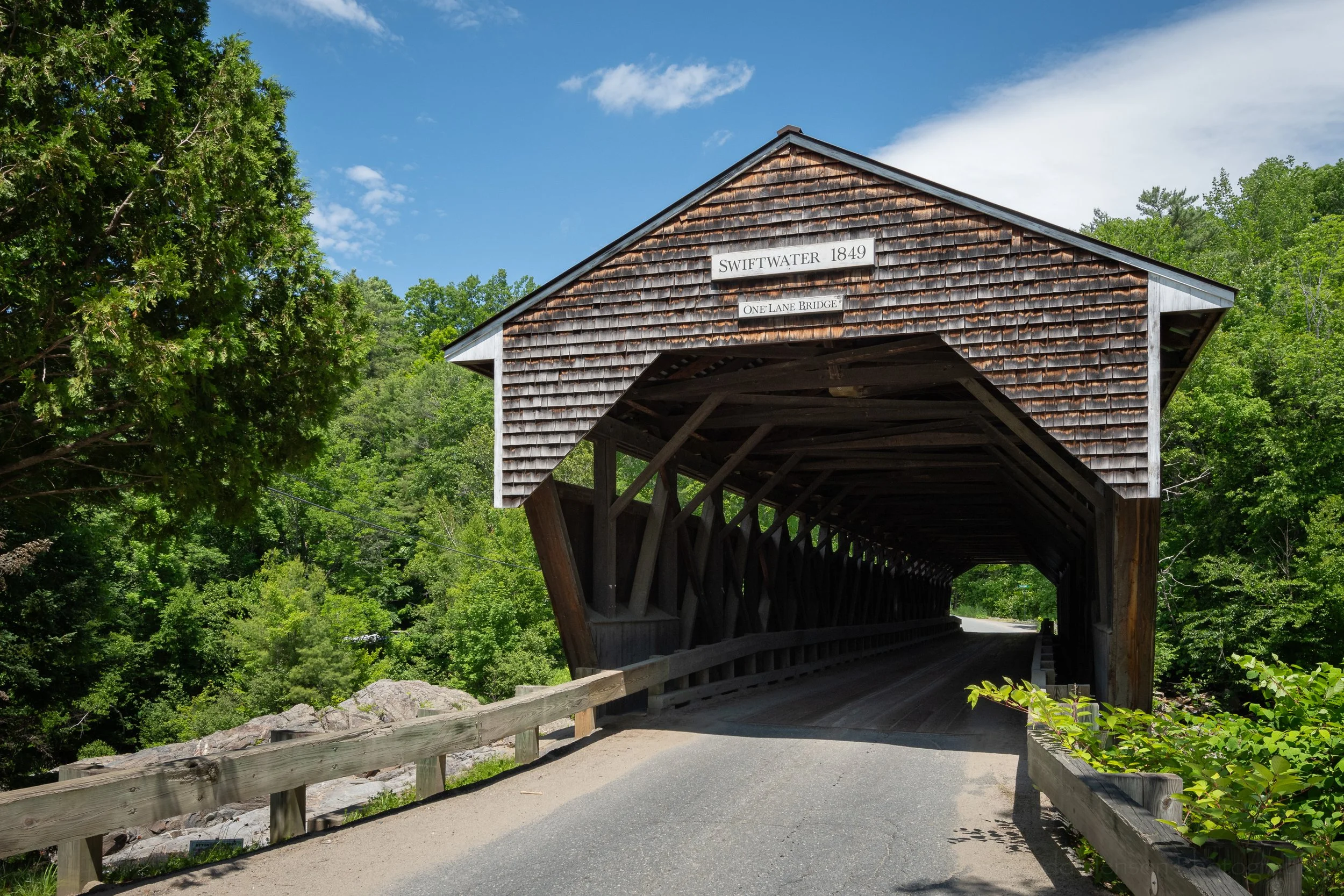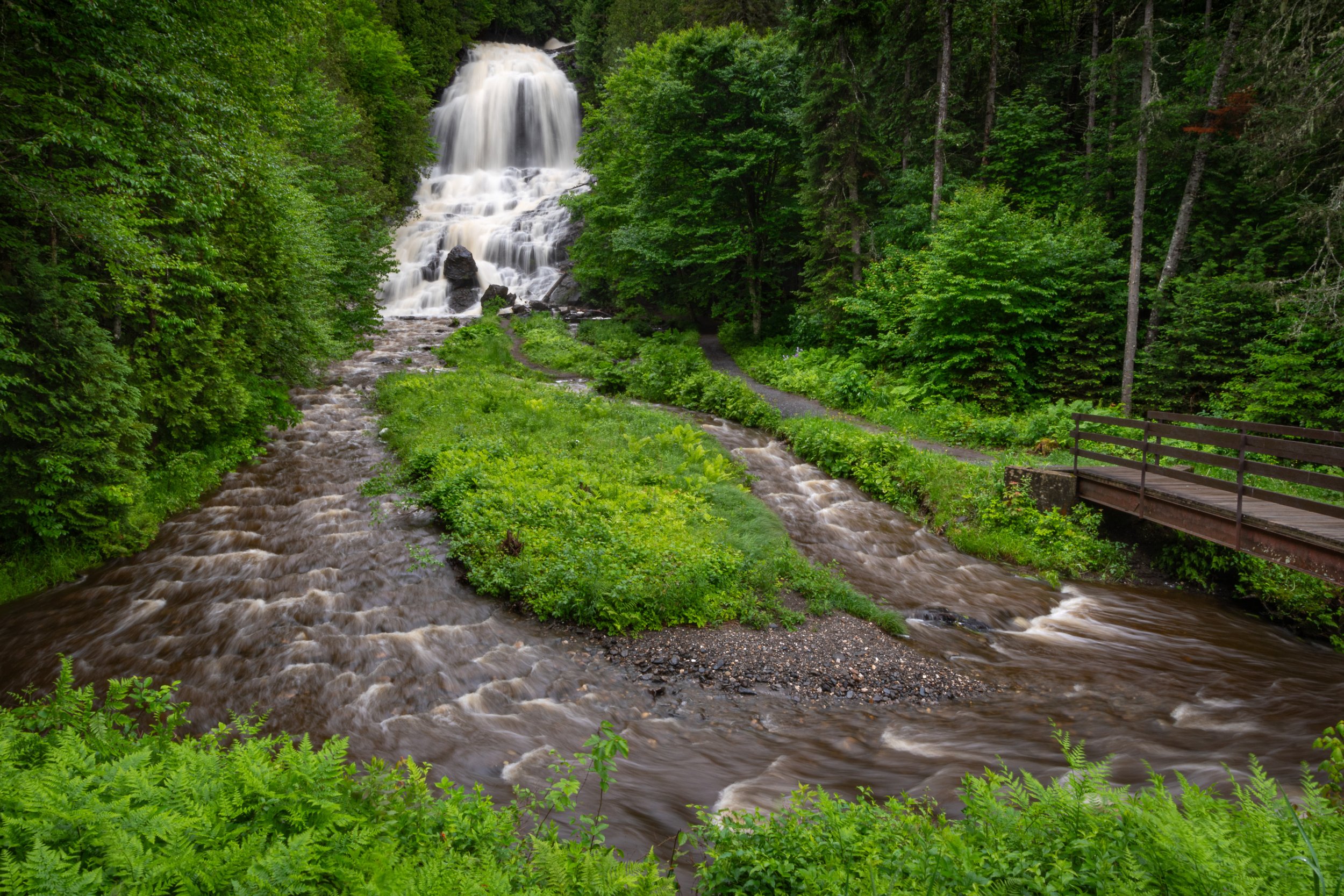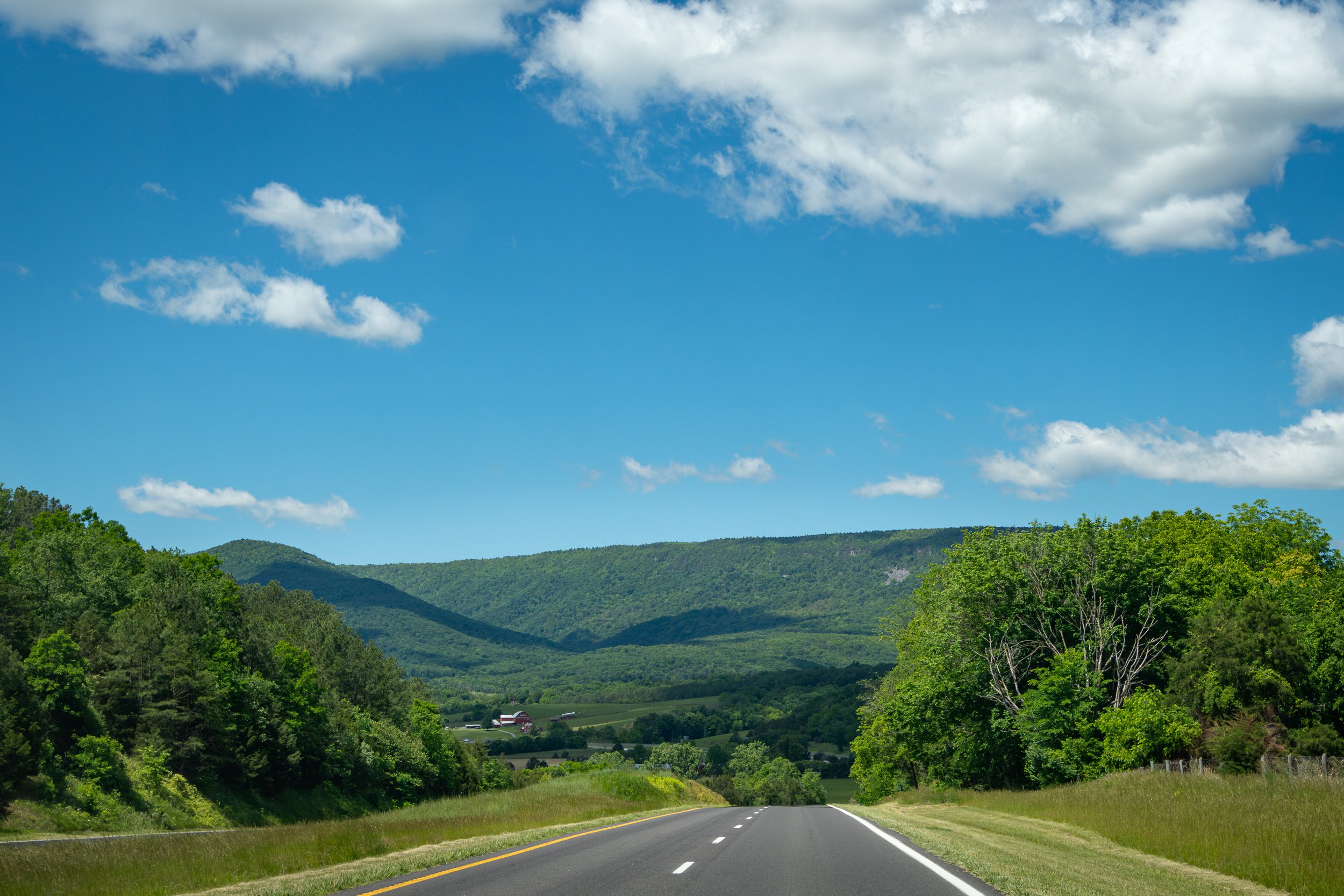European Starling outside its nest hole in a cherry tree.
Each spring birds seek out a location to build a nest. Some birds, including these European Starlings, will find a sheltered location in which to build the nest. In this case the starlings are using a hollow in a cherry tree sitting along the Tidal Basin in Washington, D.C.
This is a perfect location for these starlings to care for their next generation. The Tidal Basin is full of people this time of year, most coming to view the cherry blossoms. Having this many people around helps keep most potential predators away from their nest.
European Starling peeking out of its nesting hole in a cherry tree.
European Starlings are an introduced species to North America, though you might not realize it based on the numbers living throughout the continent. They are perfectly adapted to thrive in close proximity to people, and thrive they have.
European Starling emerging from its nesting hole in a cherry tree.
And yet, even though they are often considered a pest species, I still find starlings beautiful, especially during the spring. Click on the photos and look at the iridescent purples, greens, and blues as the sun reflects off their feathers, along with the wonderful speckled patterns over portions of their body.
European Starling gathering nesting material in a cherry tree.
Keep your eyes open when out hiking during spring. You may be fortunate enough to see a pair of birds, perhaps starlings, working on their nest. Keep your distance if you do. Don’t get too close, you don’t want to disturb the birds. But do enjoy the moment. It’s a wonderful experience watching birds during spring.
Related Books You Might Enjoy
The links to the books are affiliate links and I will be compensated if you make a purchase after clicking on my links. This is at no extra cost to you.
Mozart’s Starling
Mozart’s Starling is a wonderful book about starlings and about Mozart. It turns out Mozart kept a pet starling, and so the author, Lyanda Lynn Haupt, having heard this decided to take care of a starling herself, while also researching Mozart’s starling. I was fortunate to win a copy of this book through a goodreads giveaway. Check out my review of Mozart’s Starling.
Wings of Spring: Courtship, Nesting, and Fledging
Wings of Spring is a book for bird lovers. It is full of beautiful photographs of birds during spring, showing courtship behaviors, how birds nest, and how they care for their young. Photographer Tom Vezo has created images of birds from all over the world, and Chuck Hagner has written descriptions to go with each set of images. Take a look at my review of Wings of Spring.
Do you enjoy these posts?
Sign up to receive periodic emails with updates and thoughts. Don’t worry, I won’t spam you. And please consider purchasing artwork or products from my online store, and using my affiliate links in the sidebar to the right when shopping online.
I appreciate your support!


